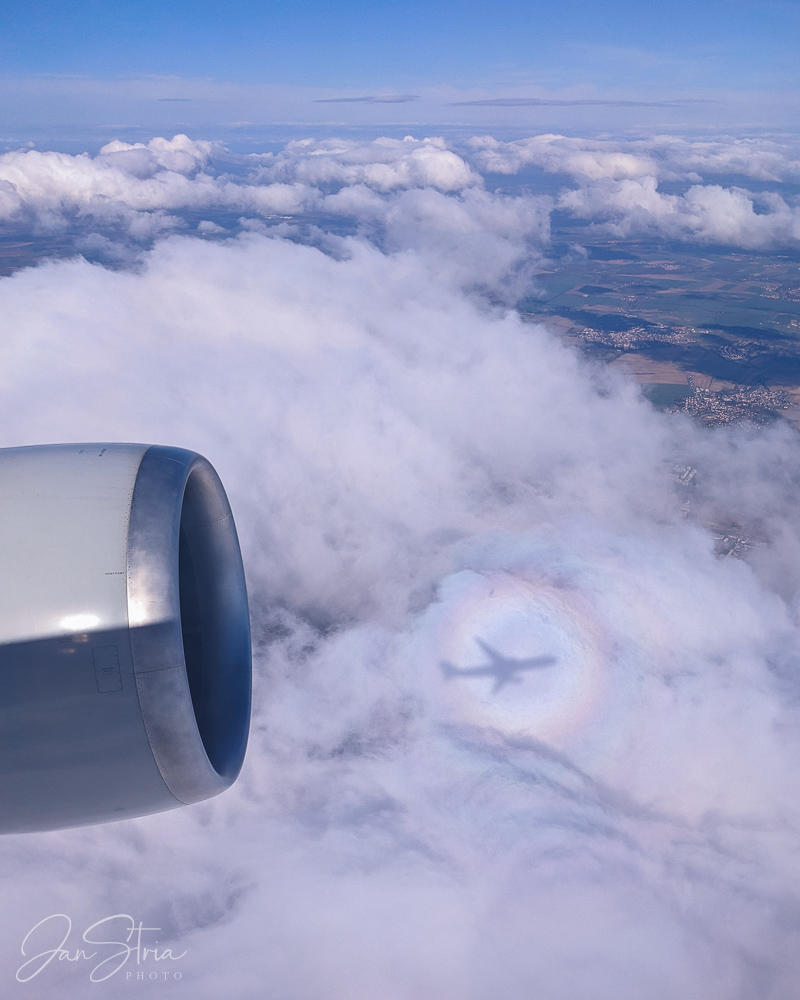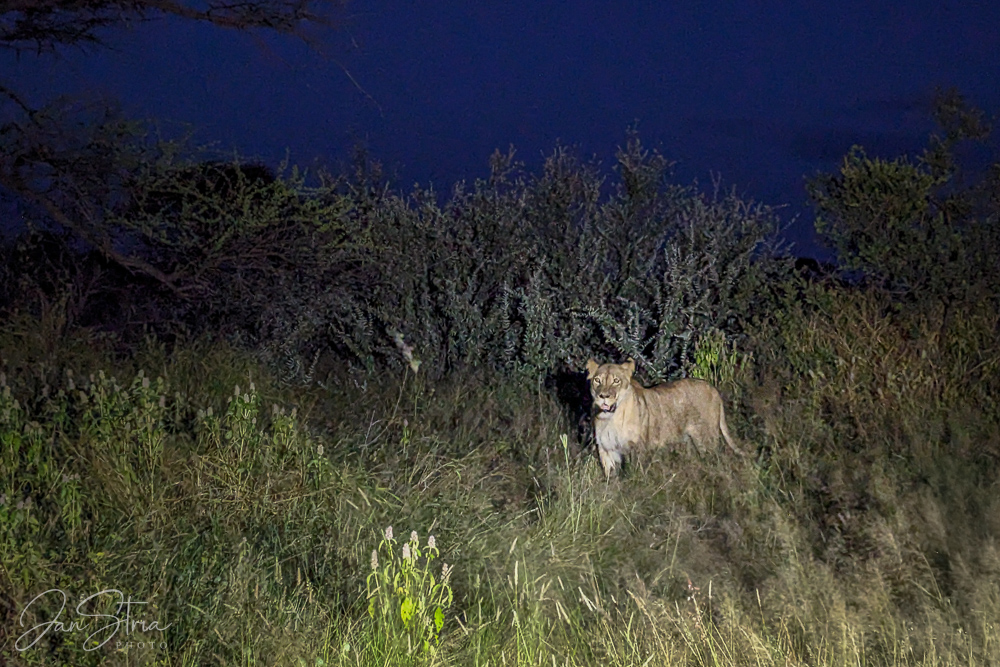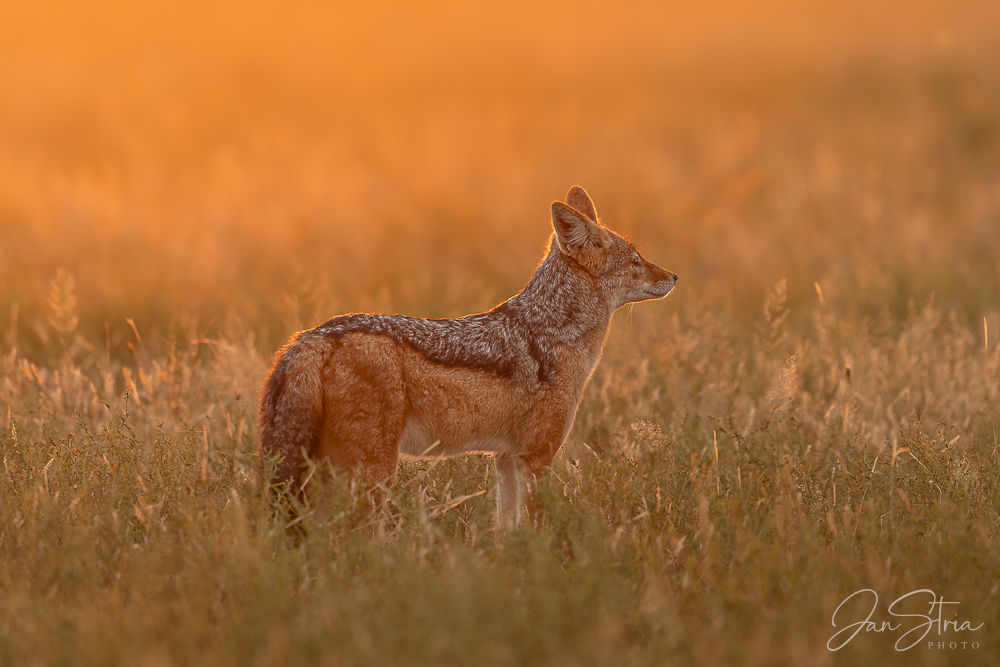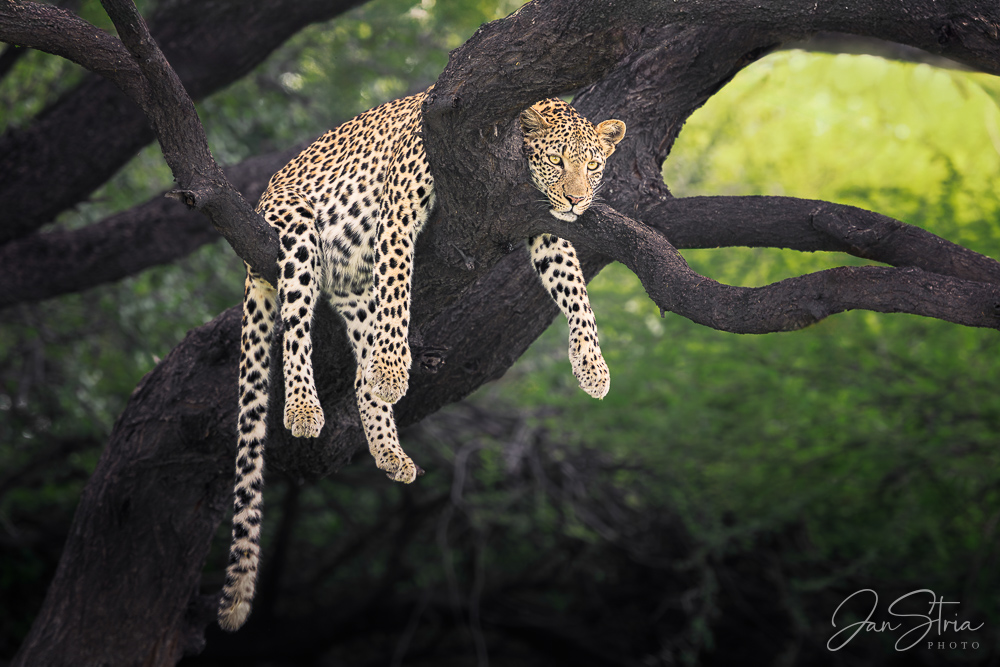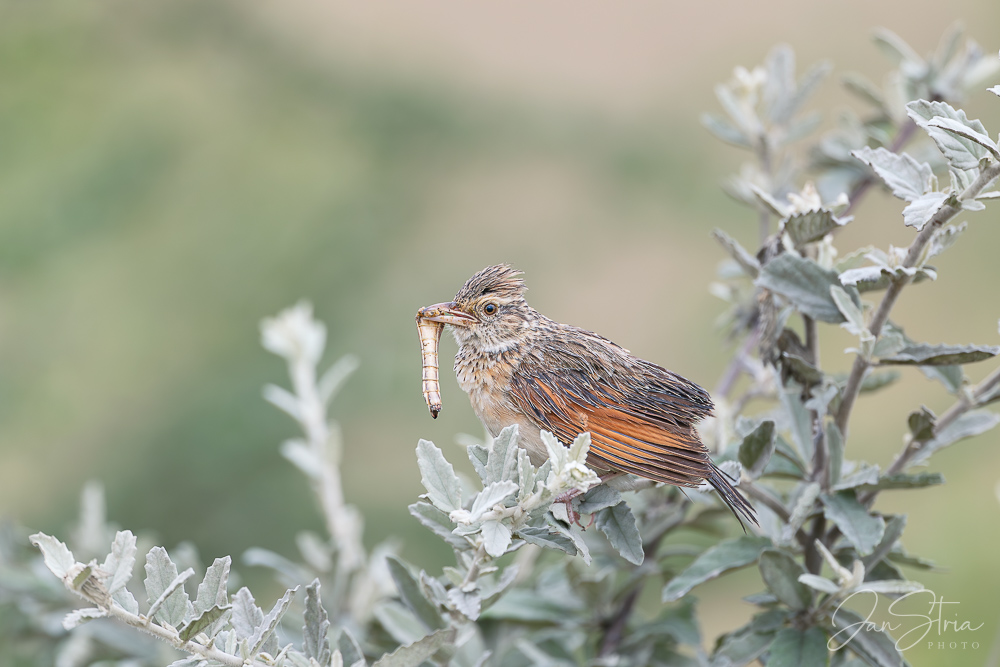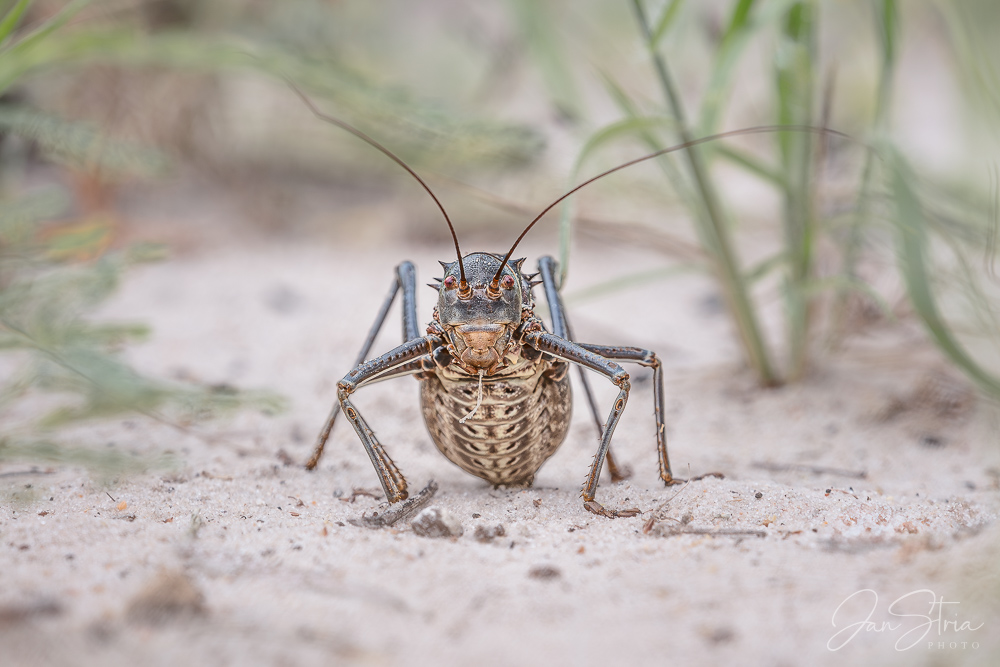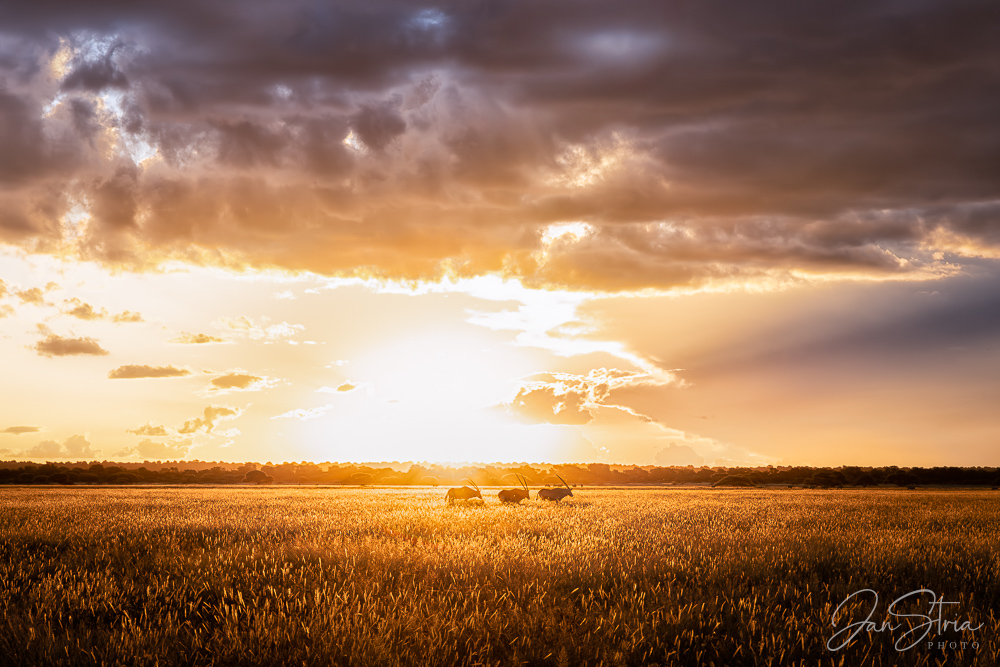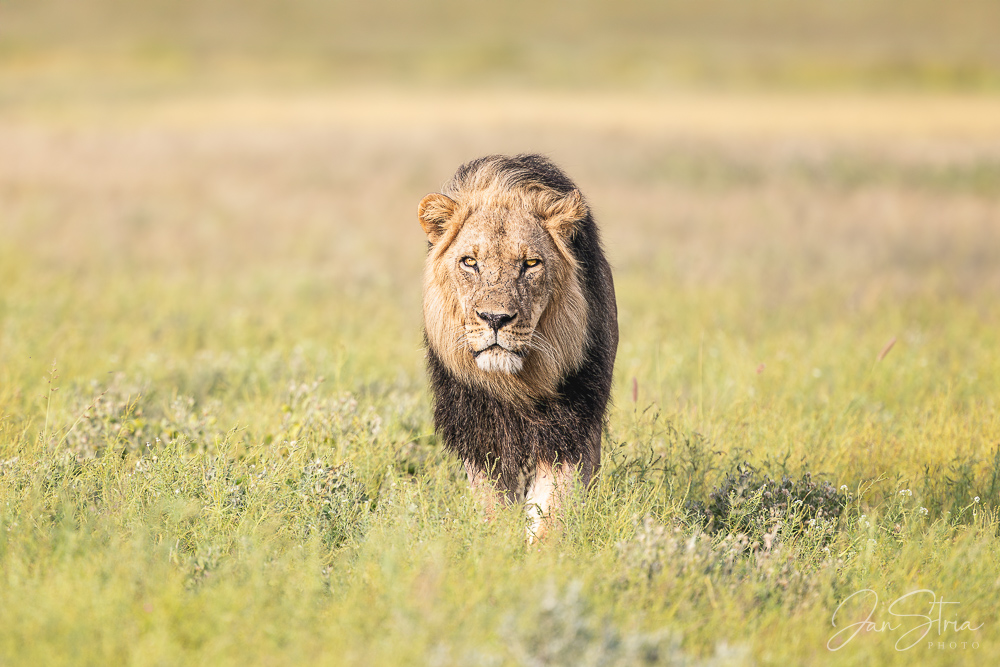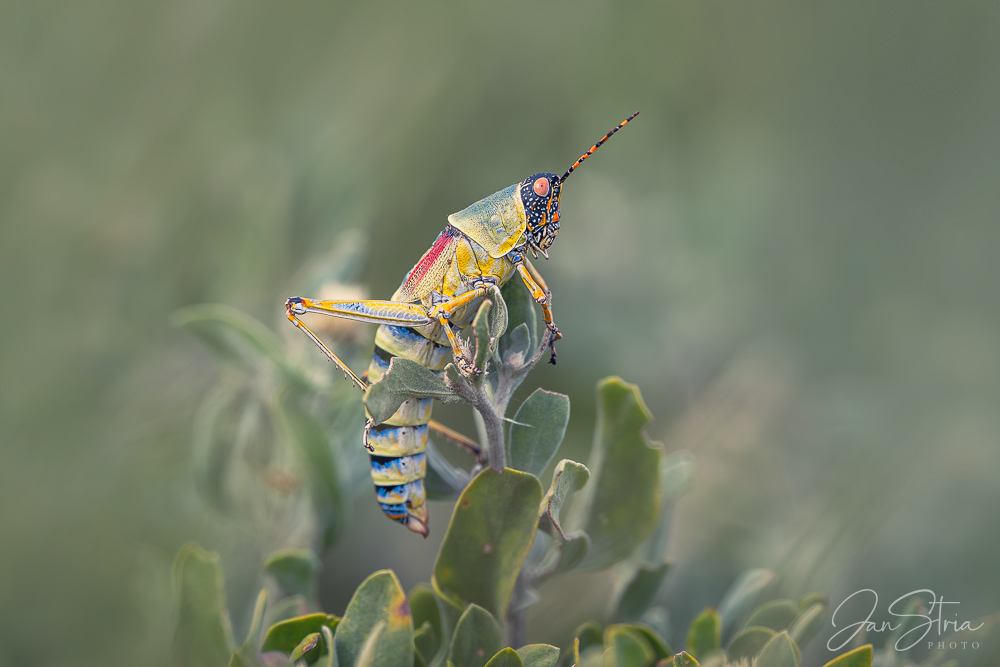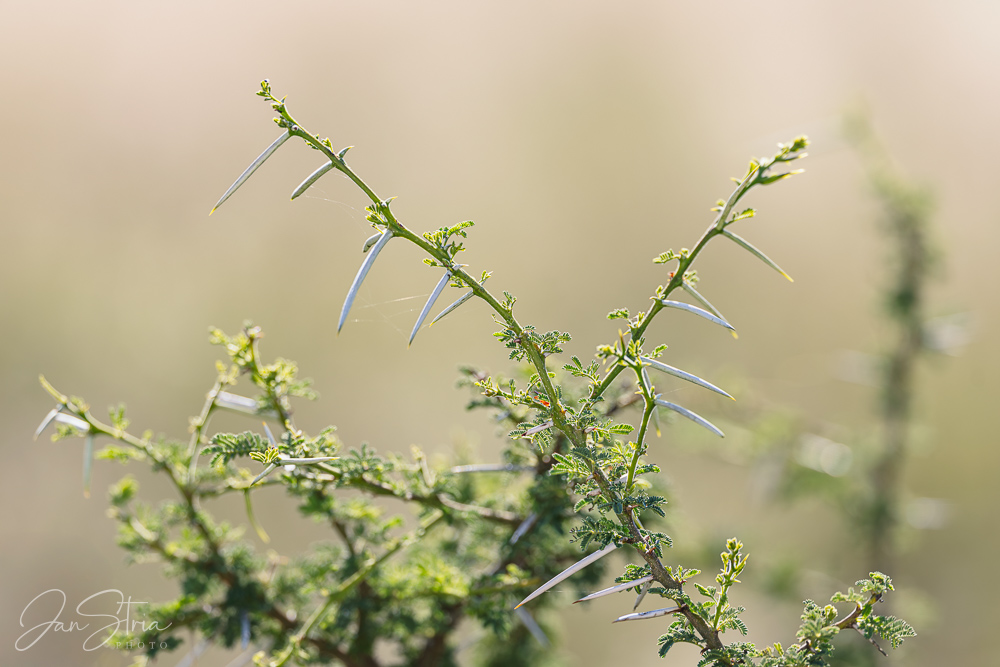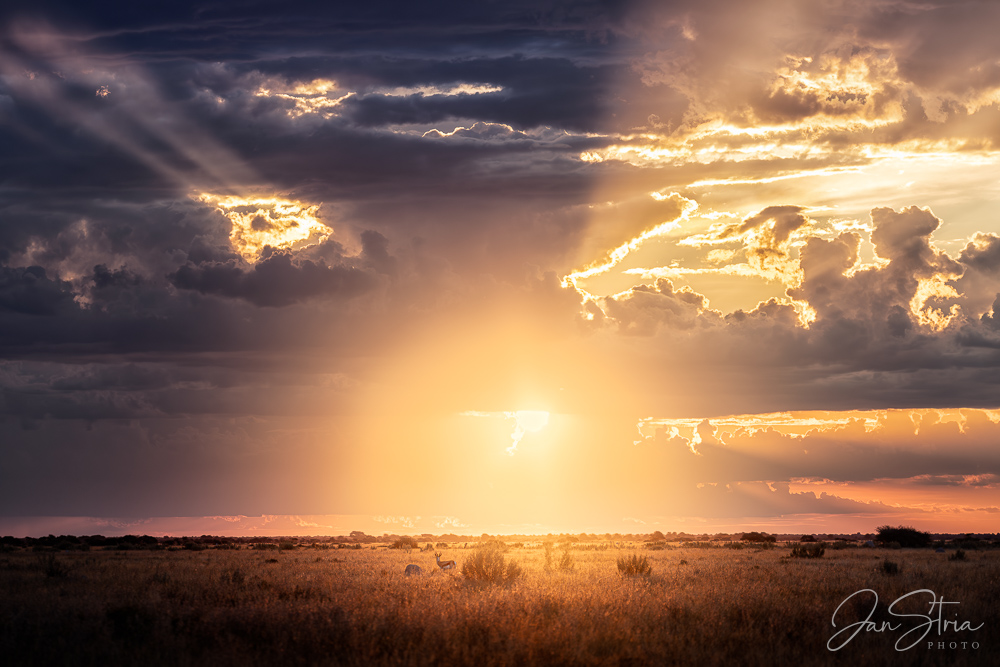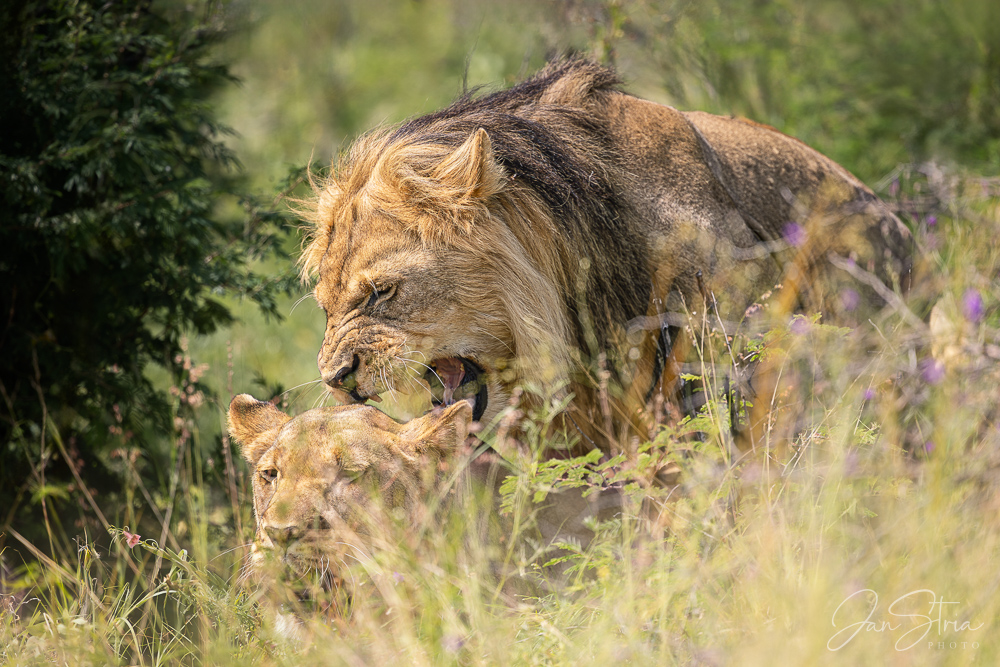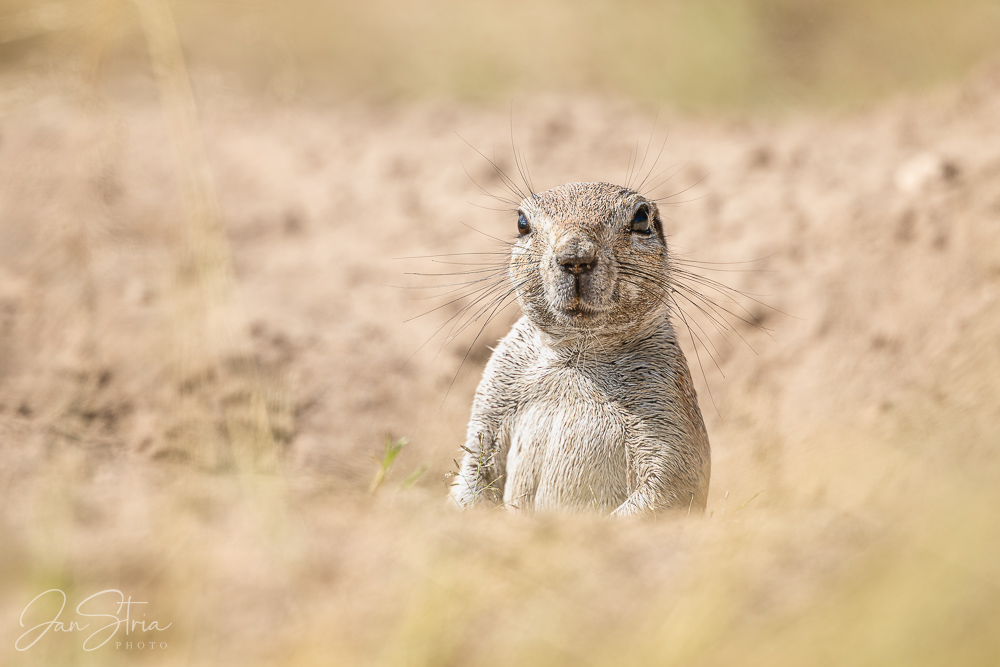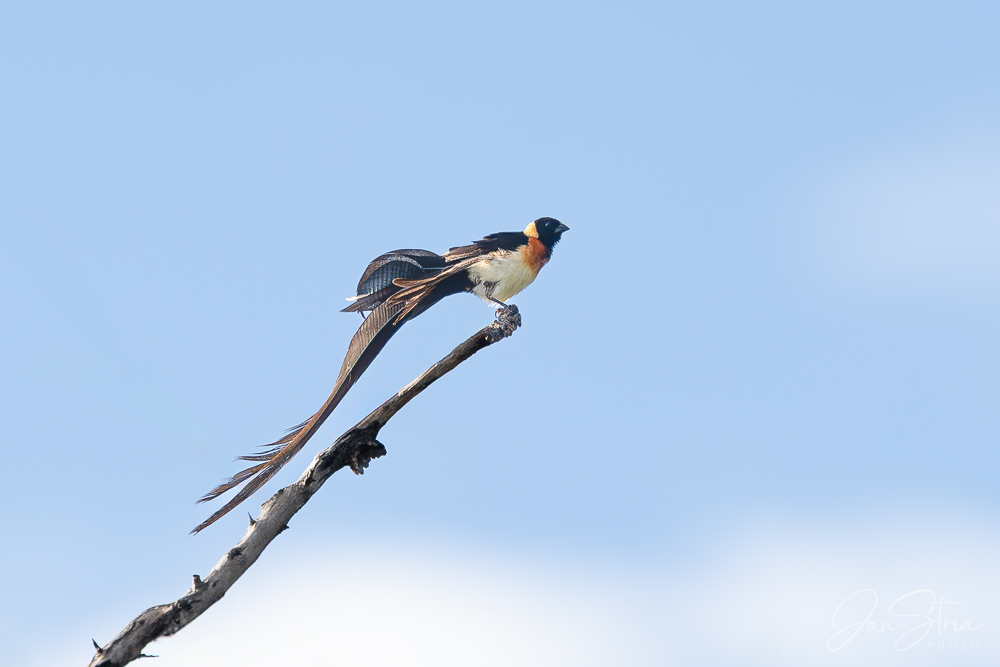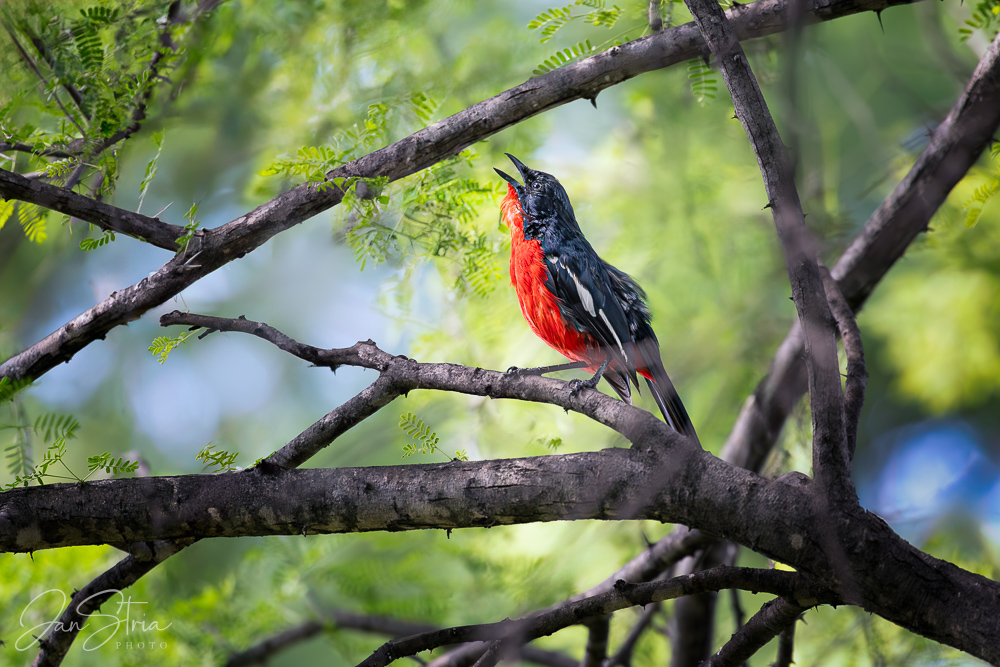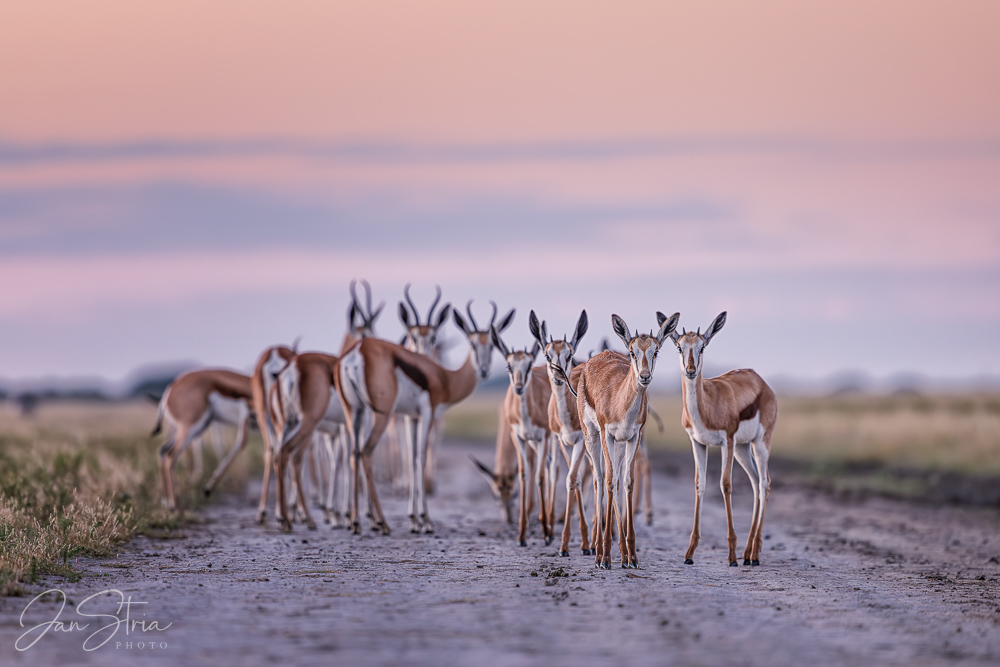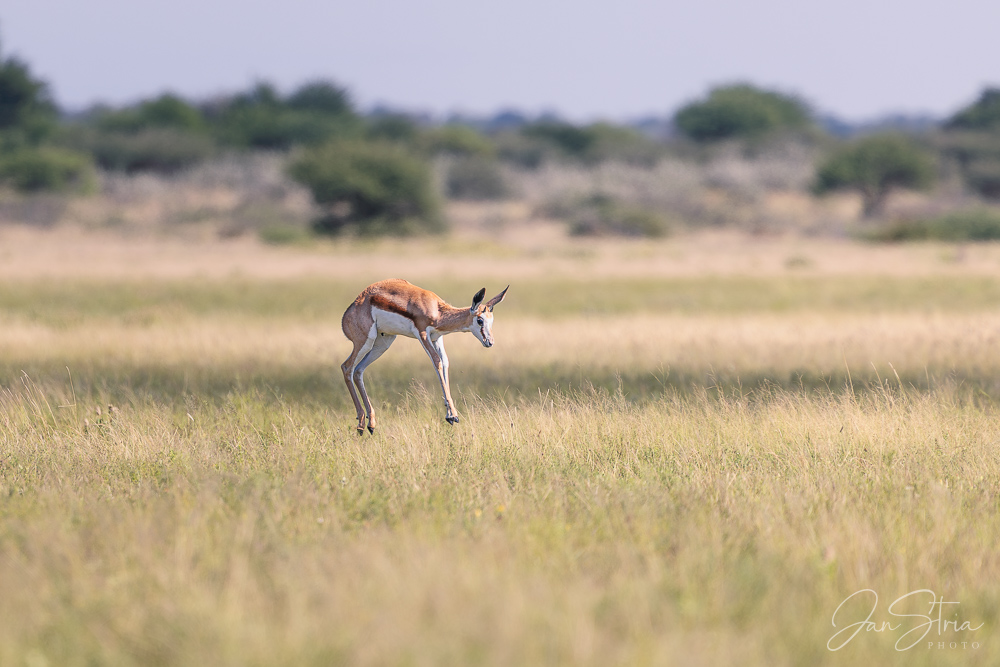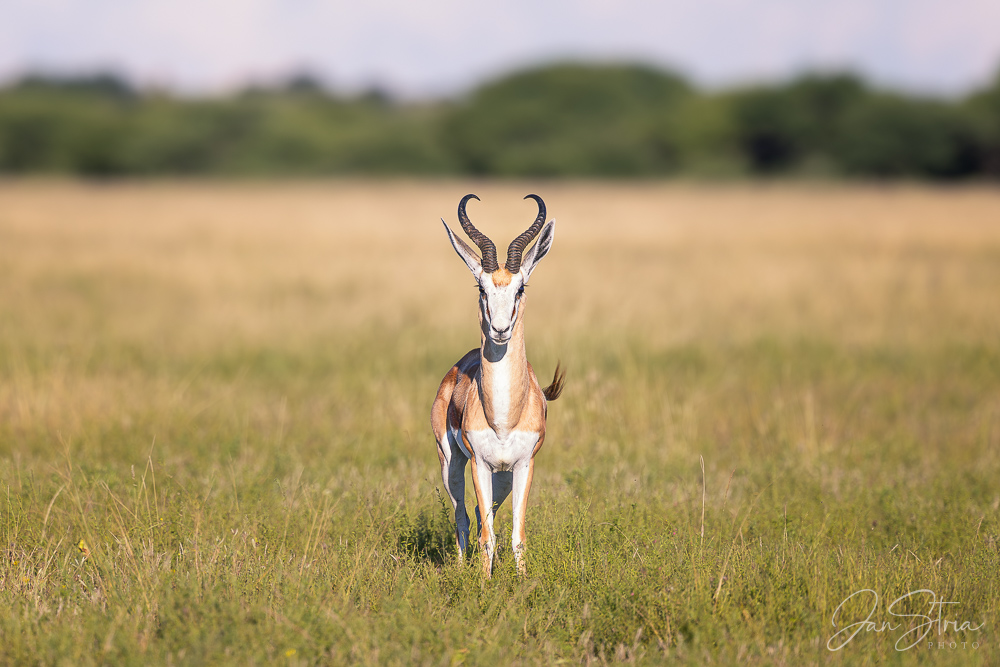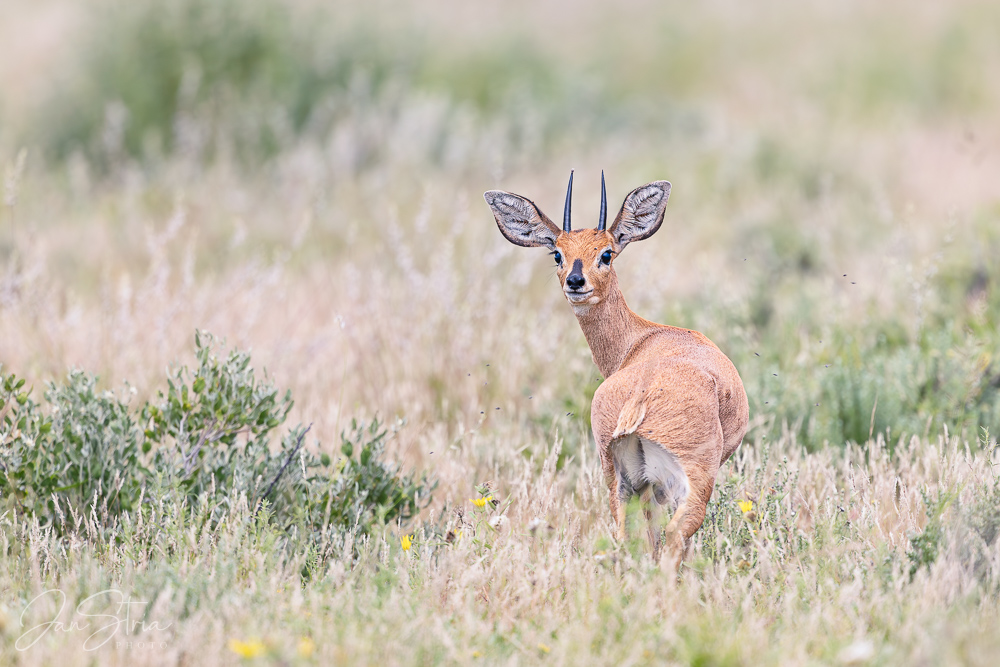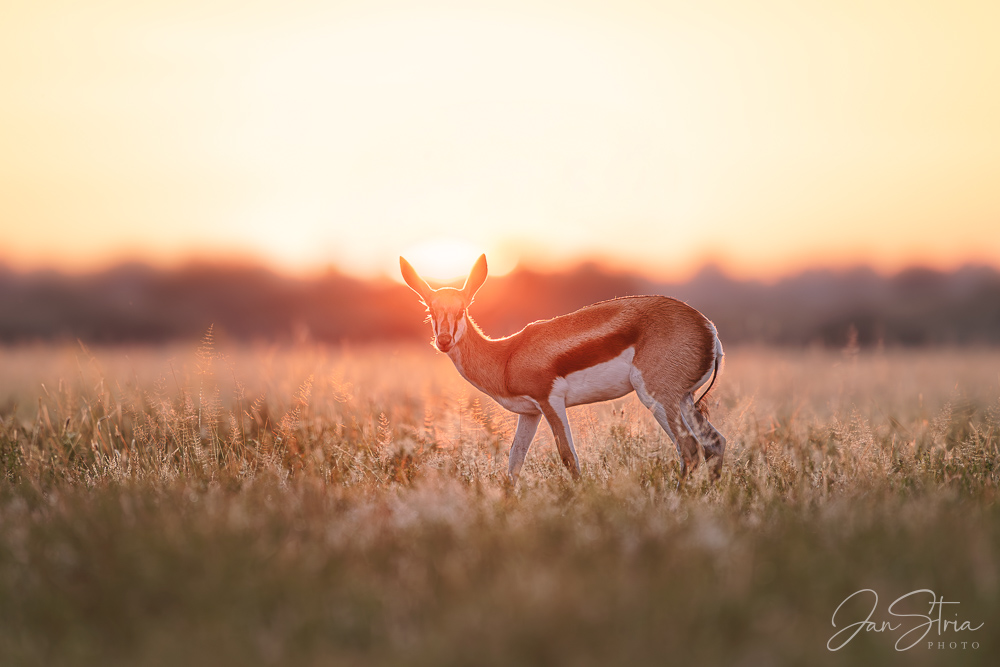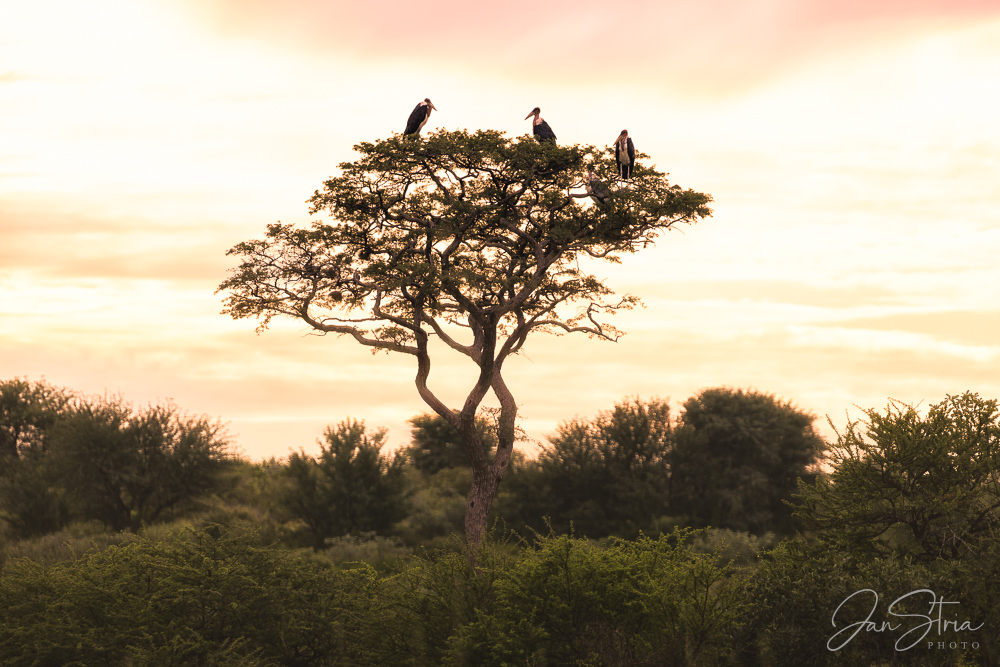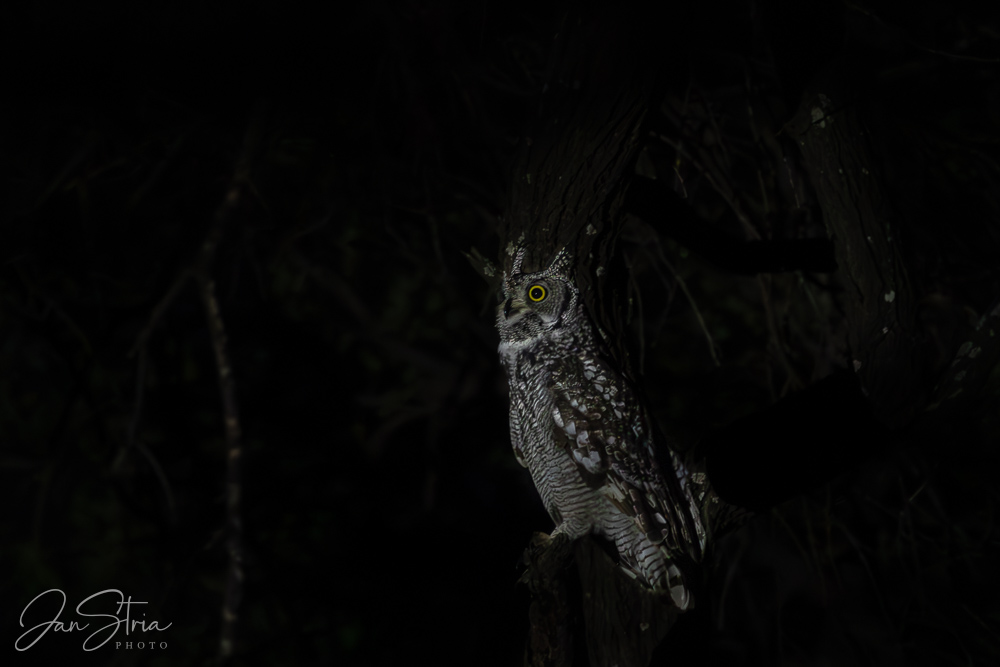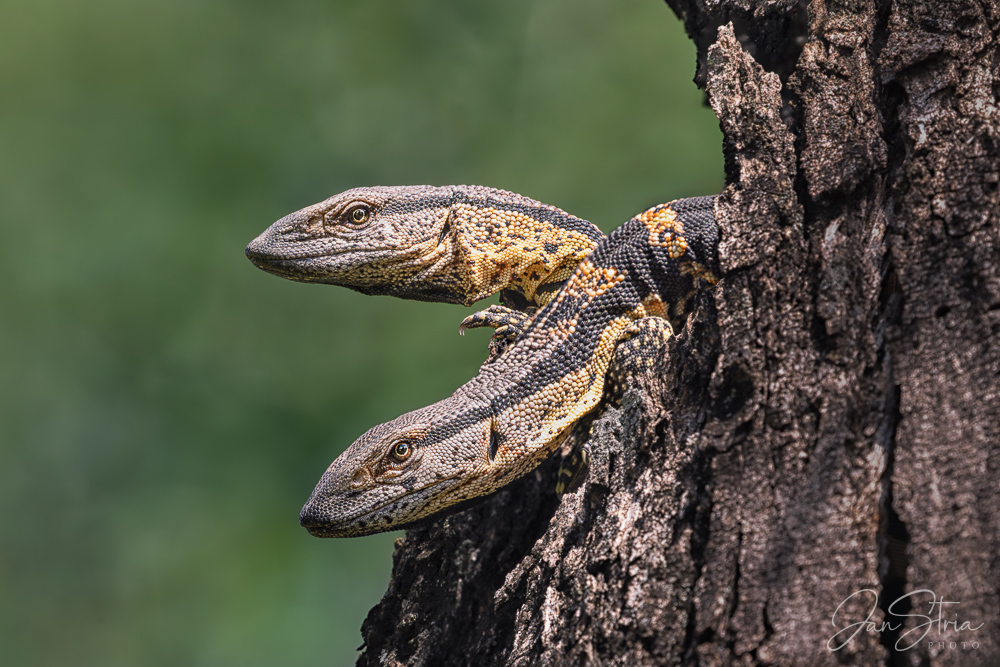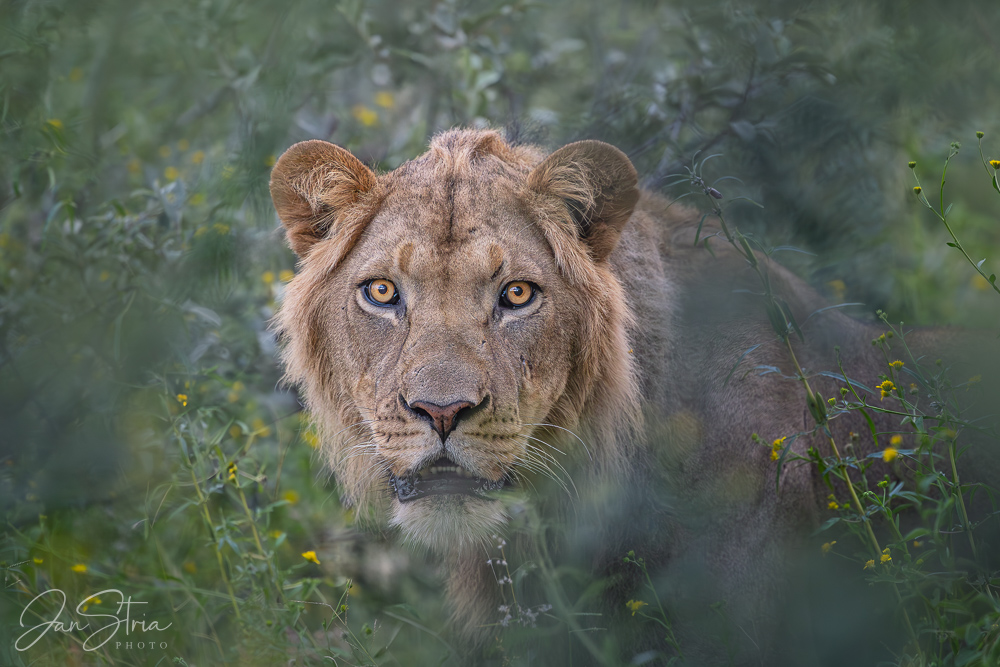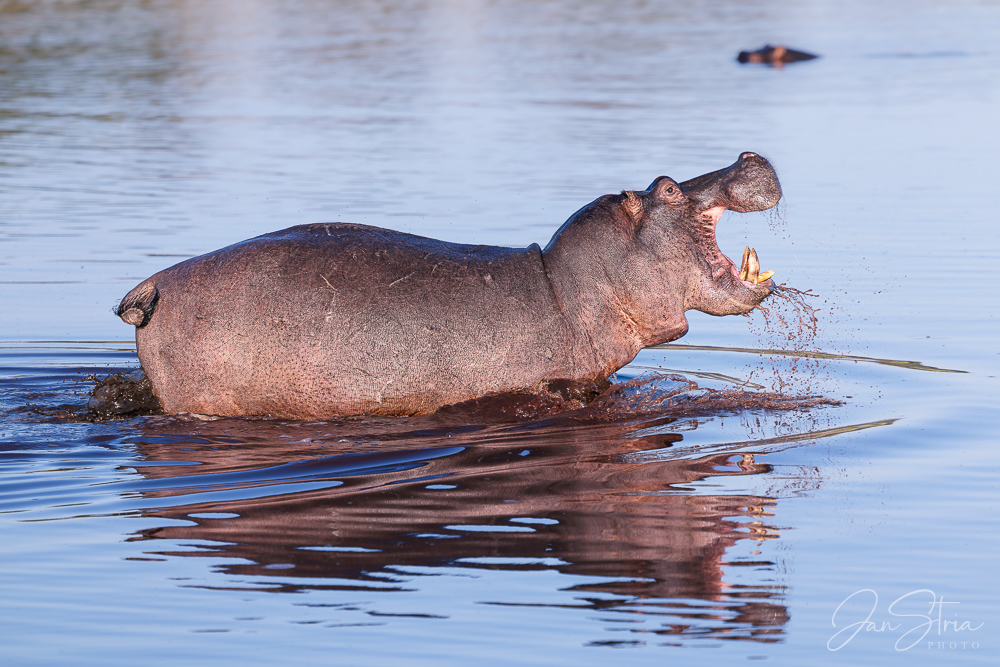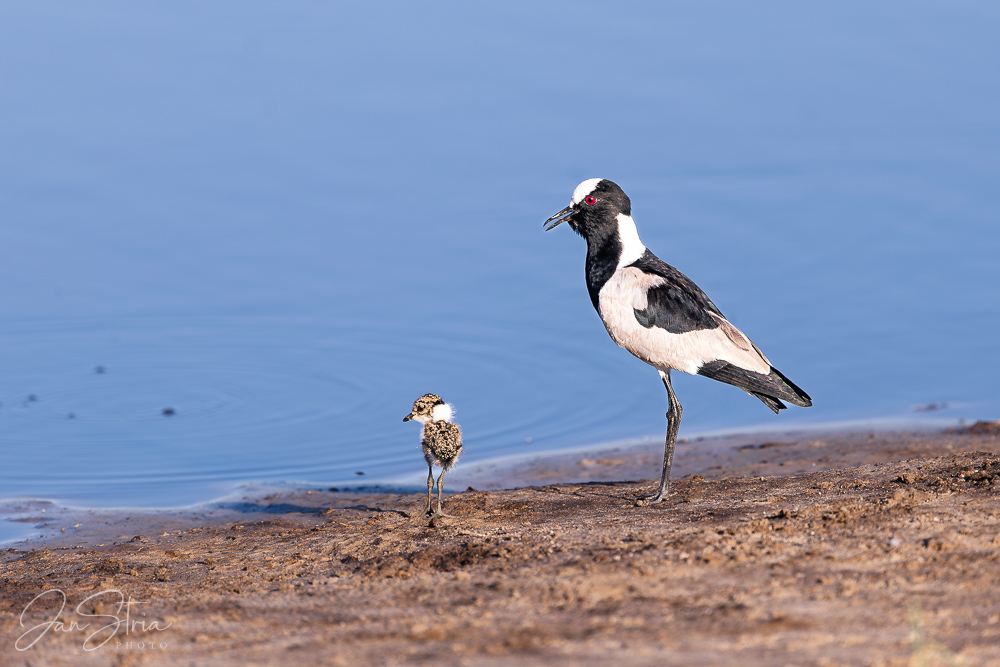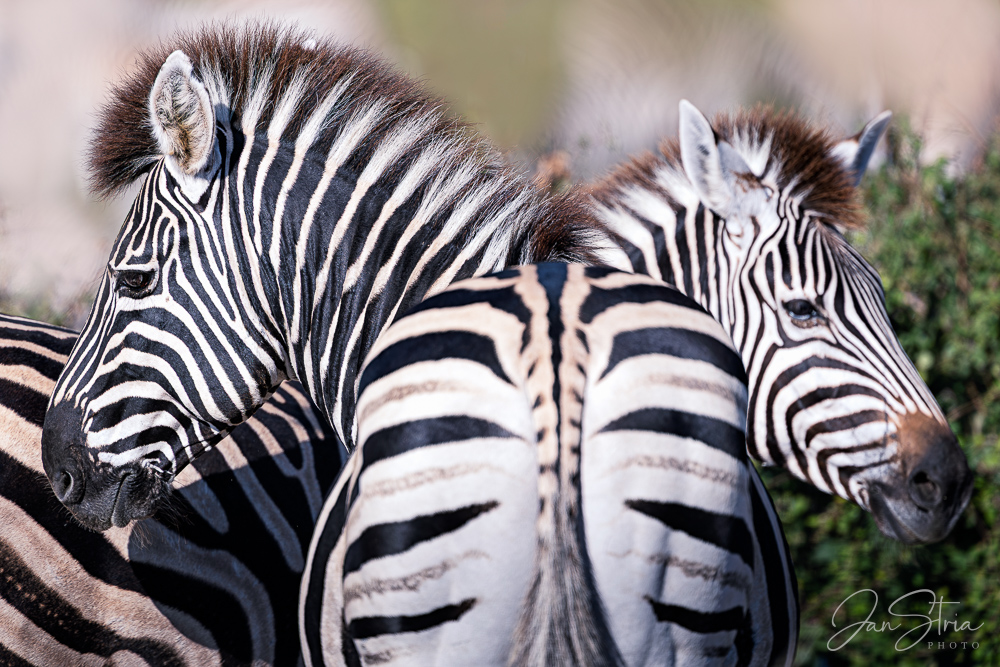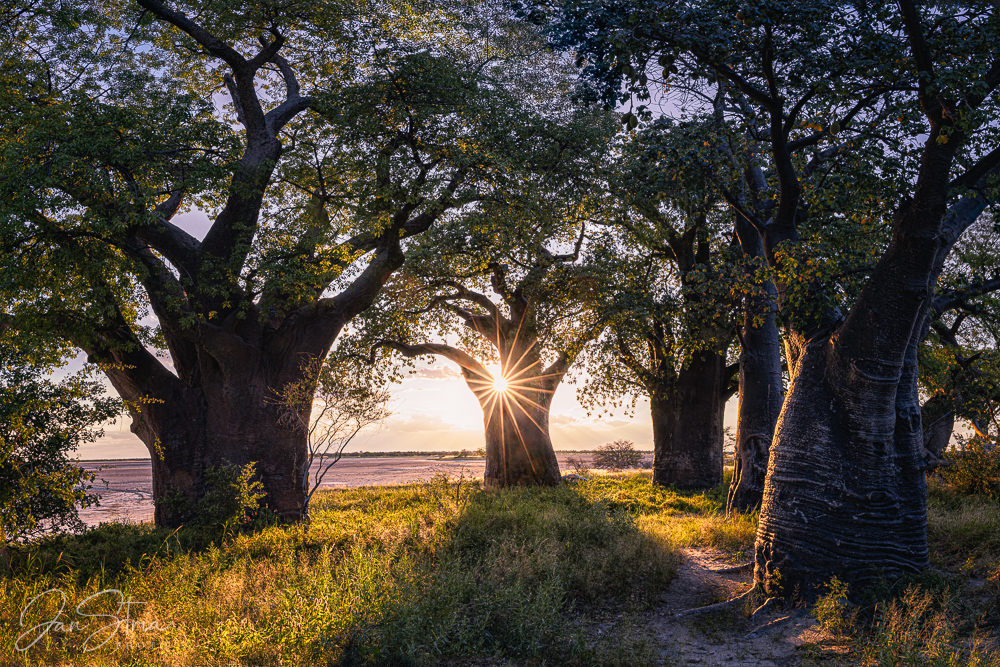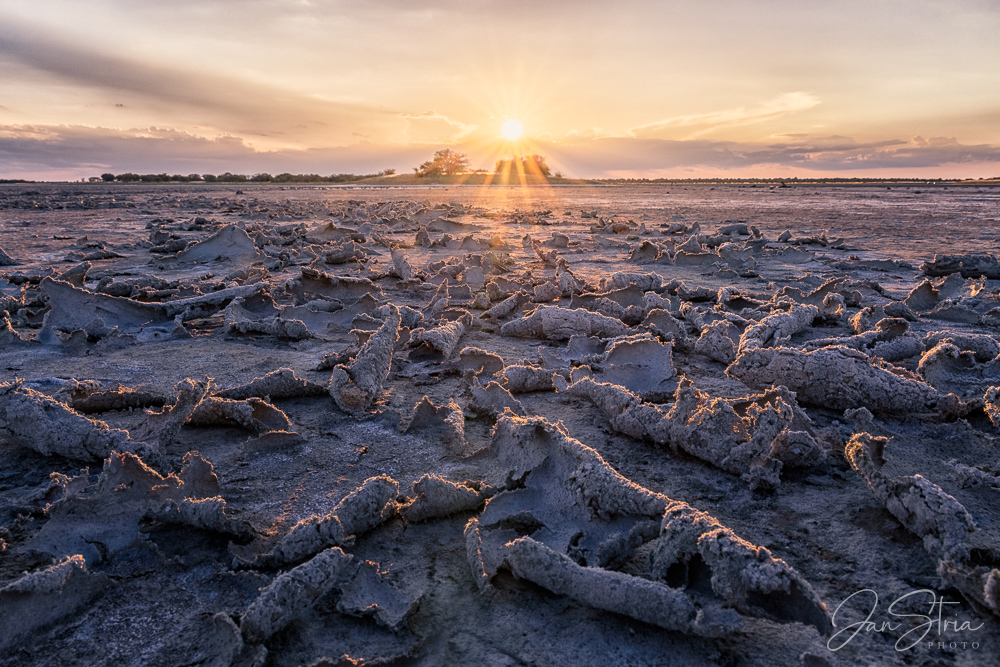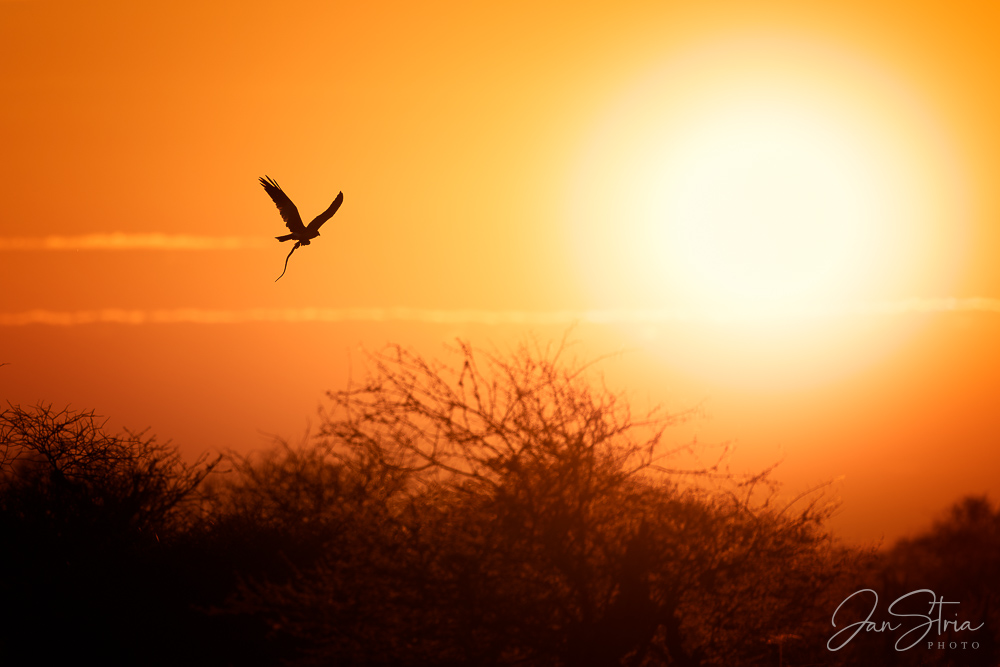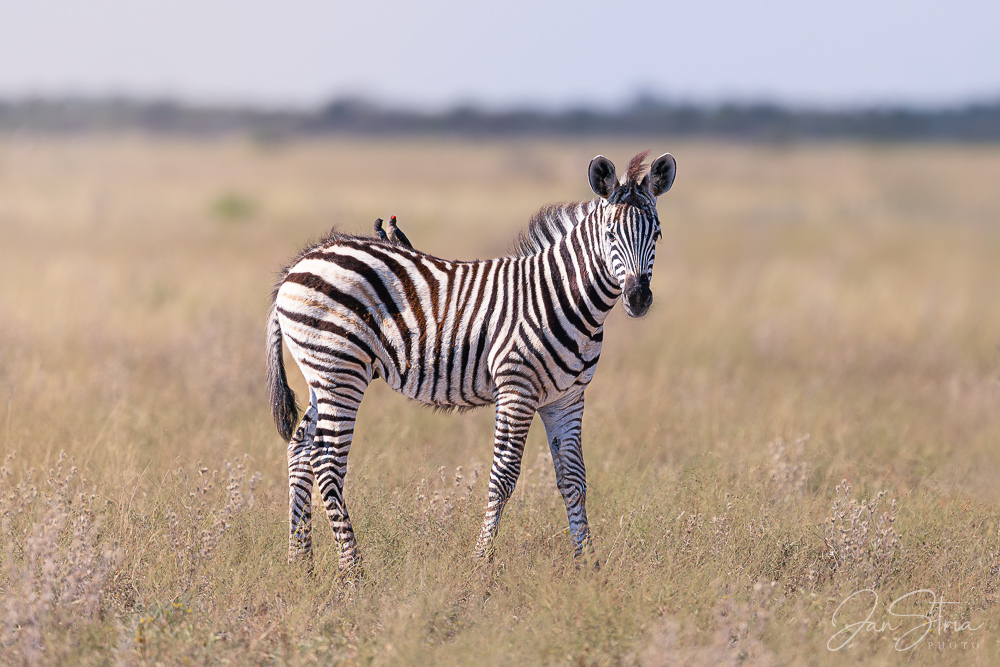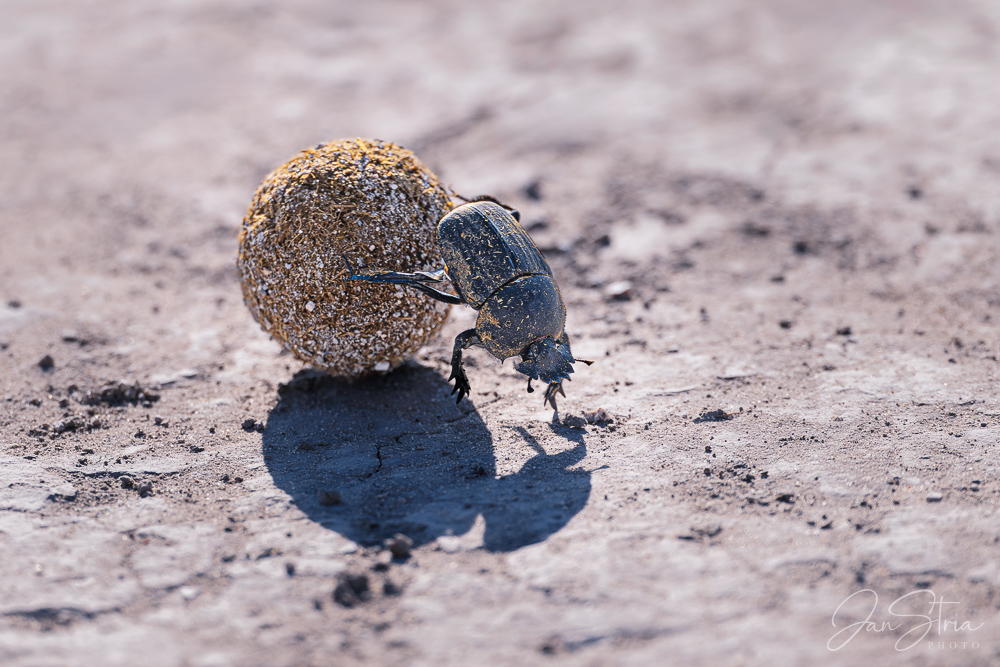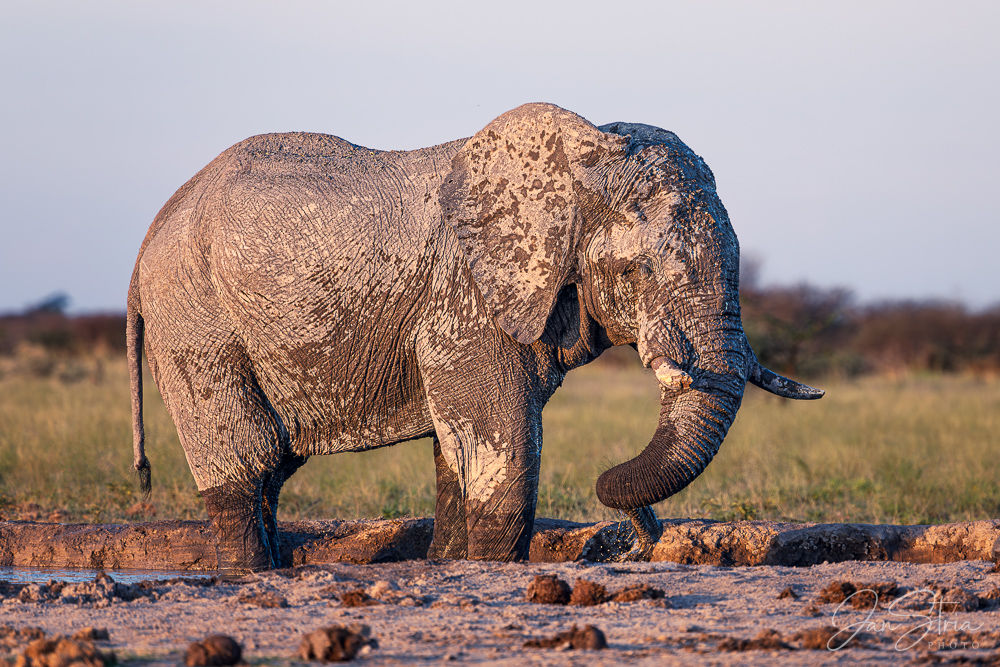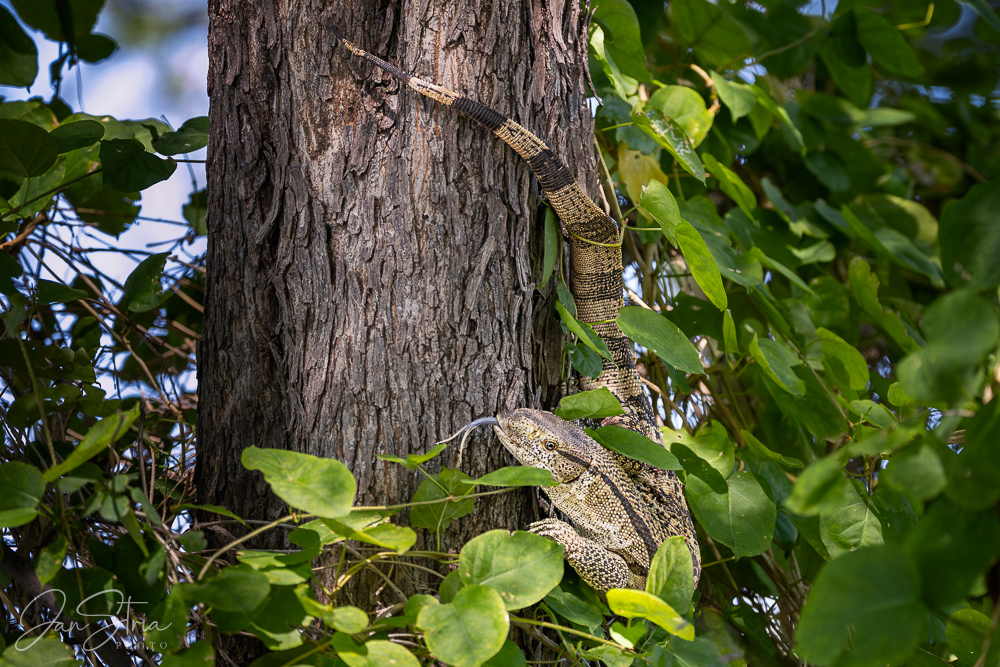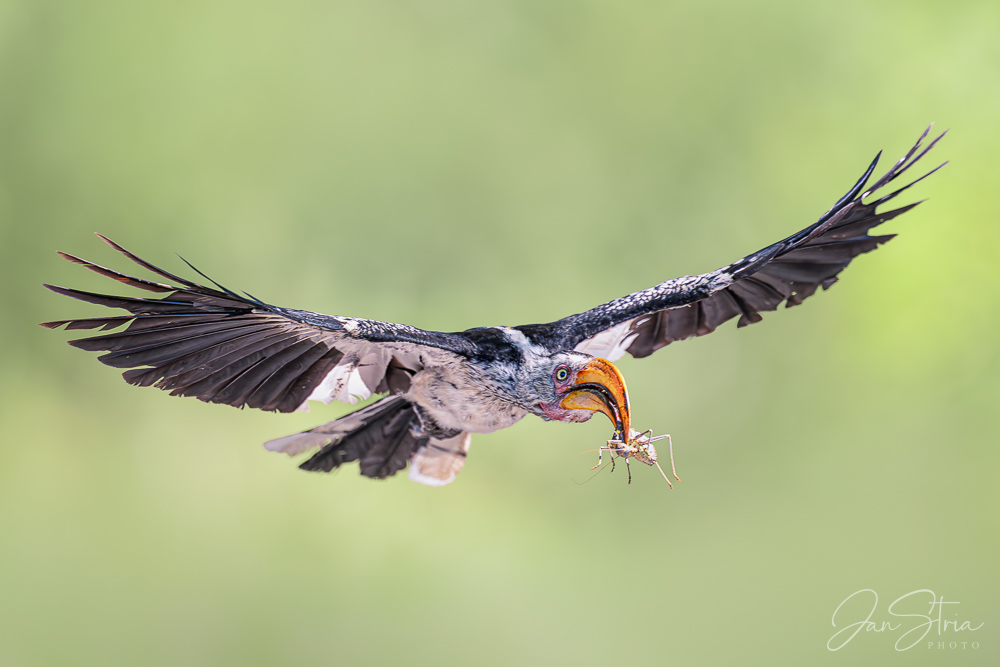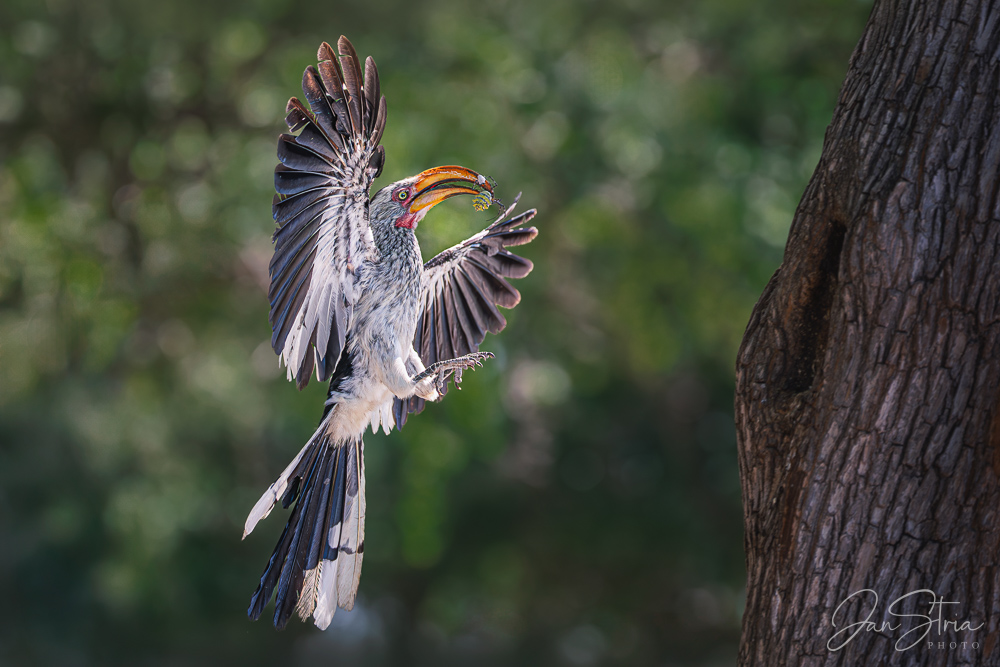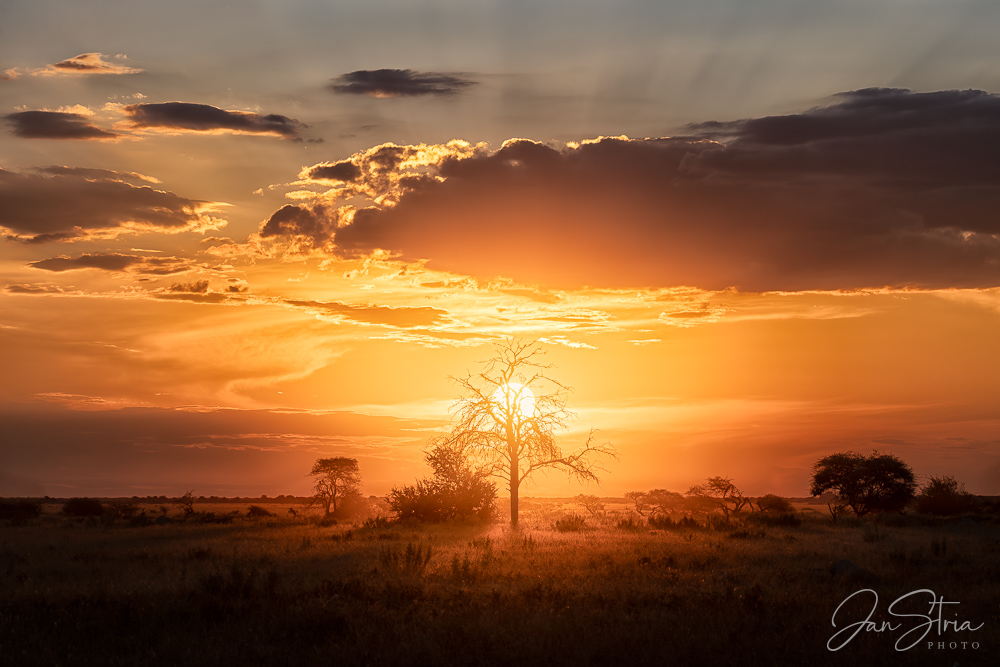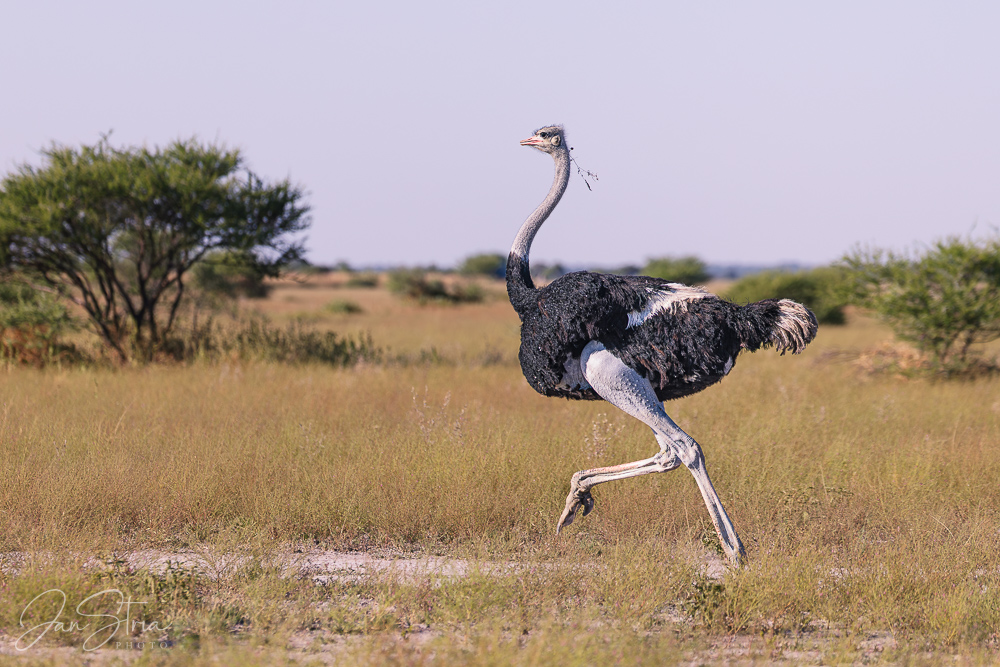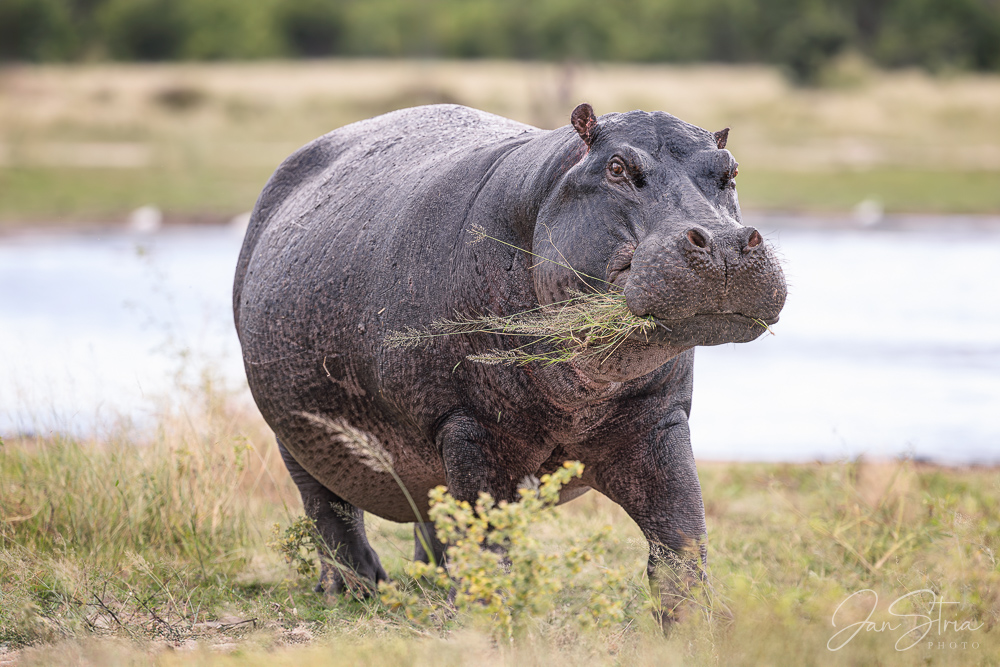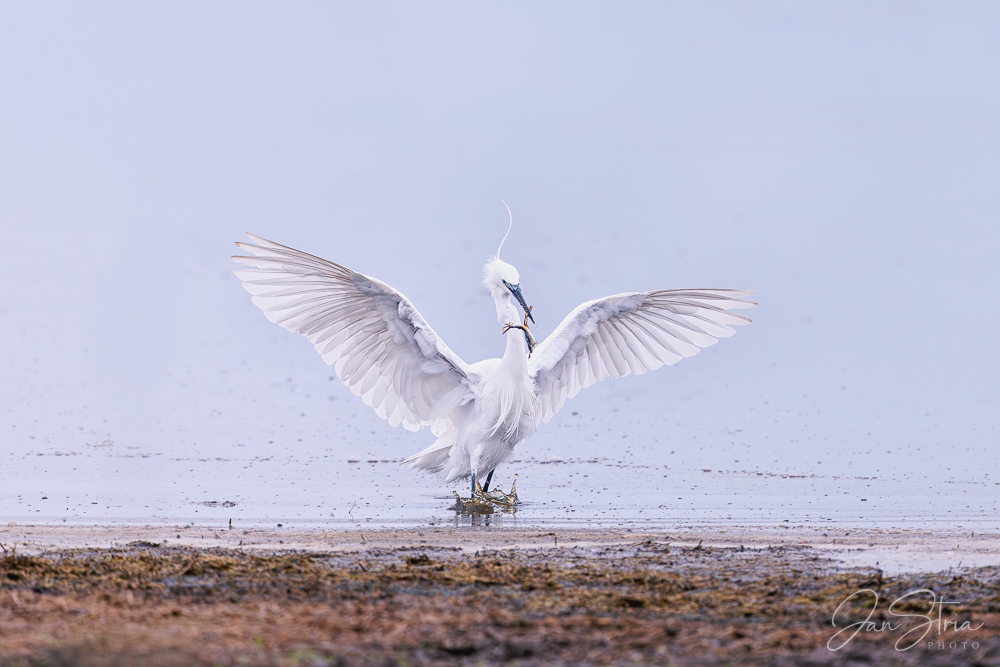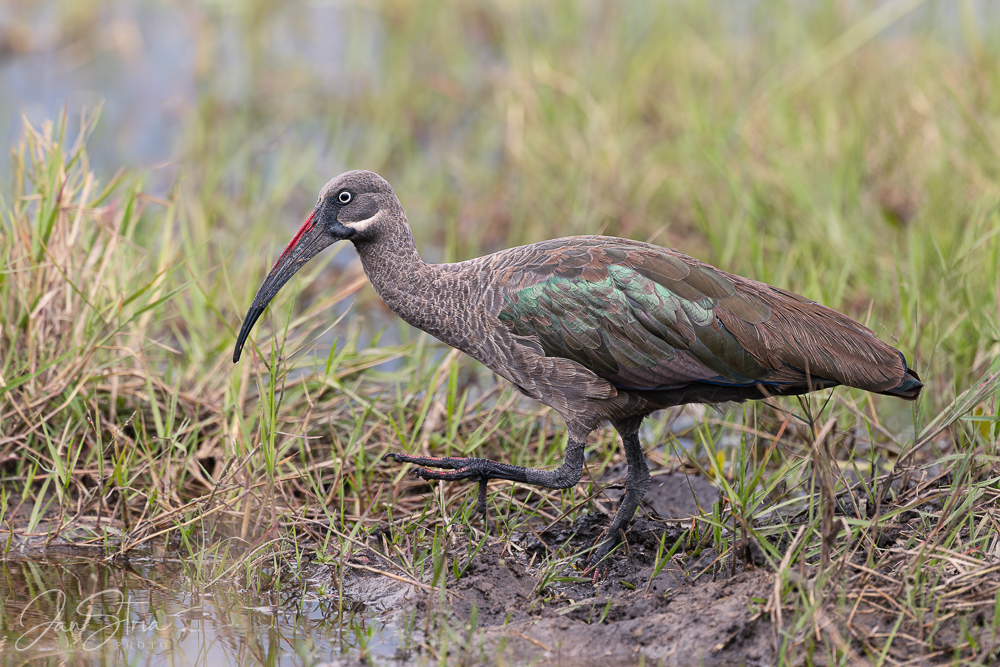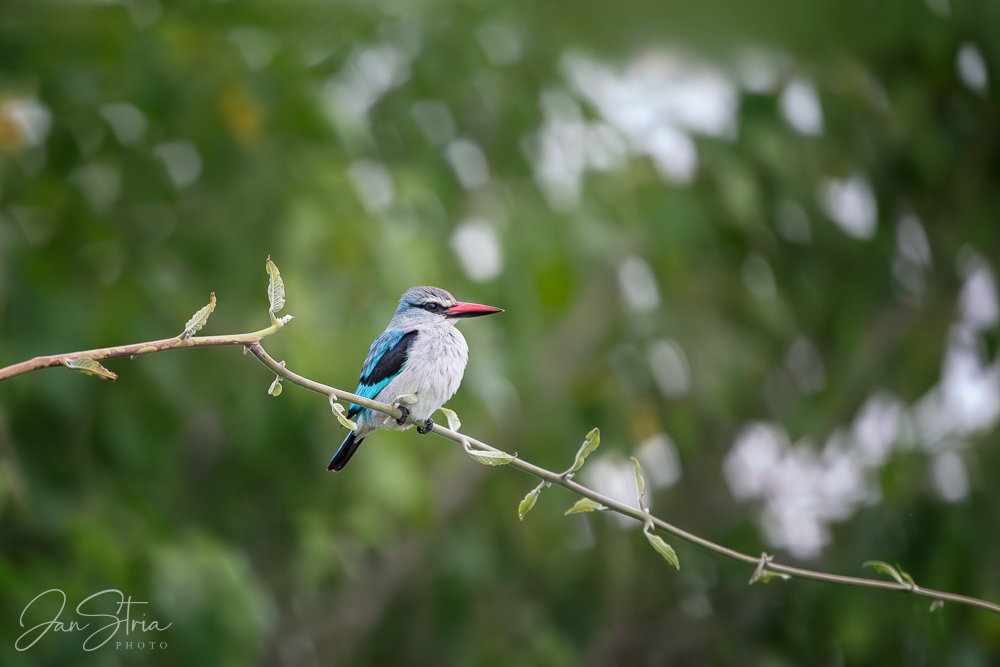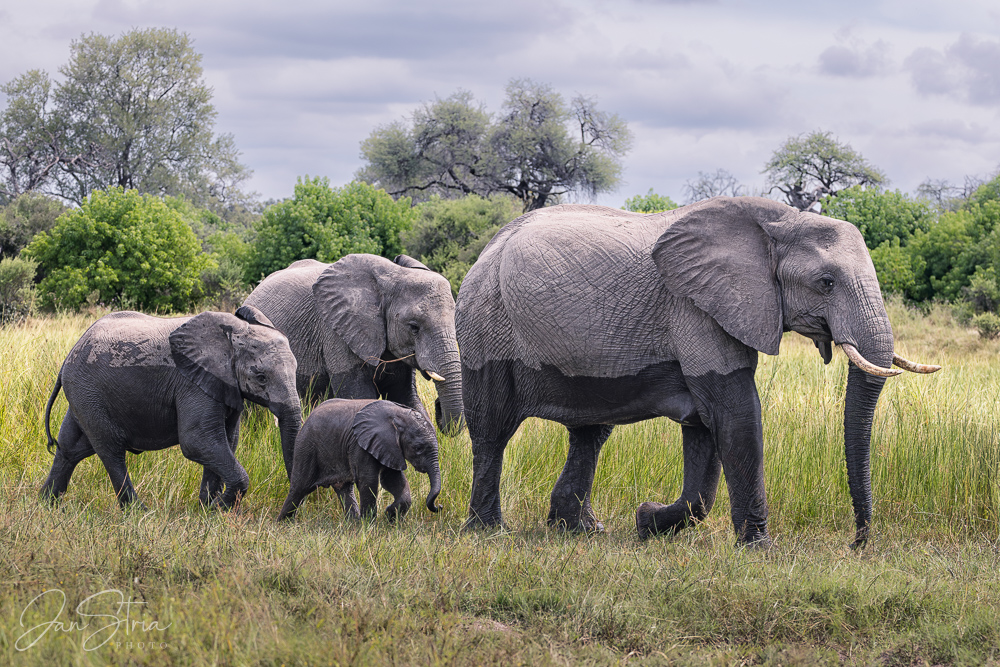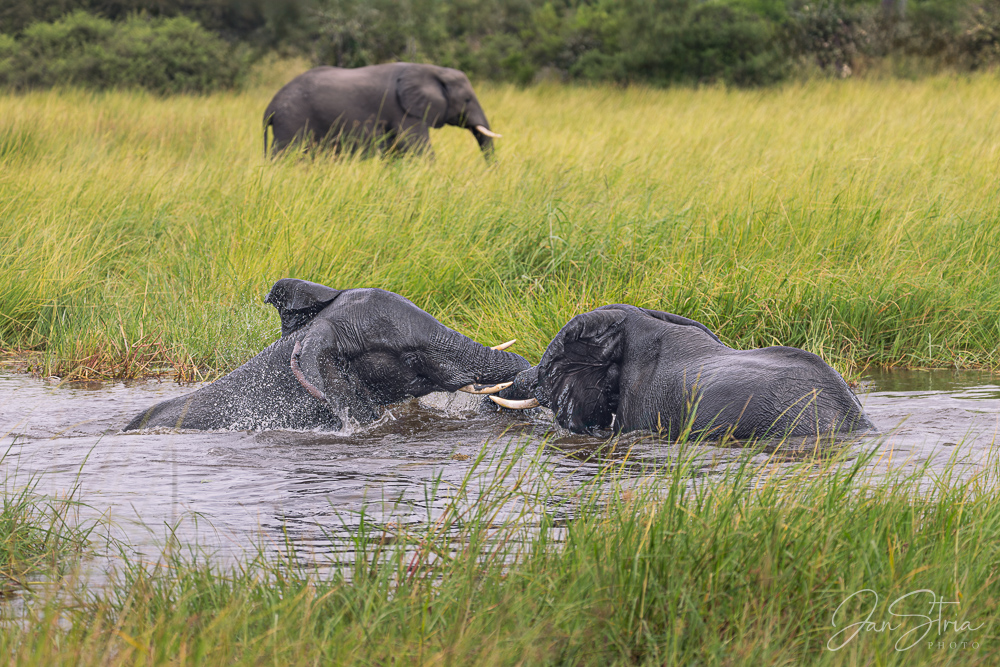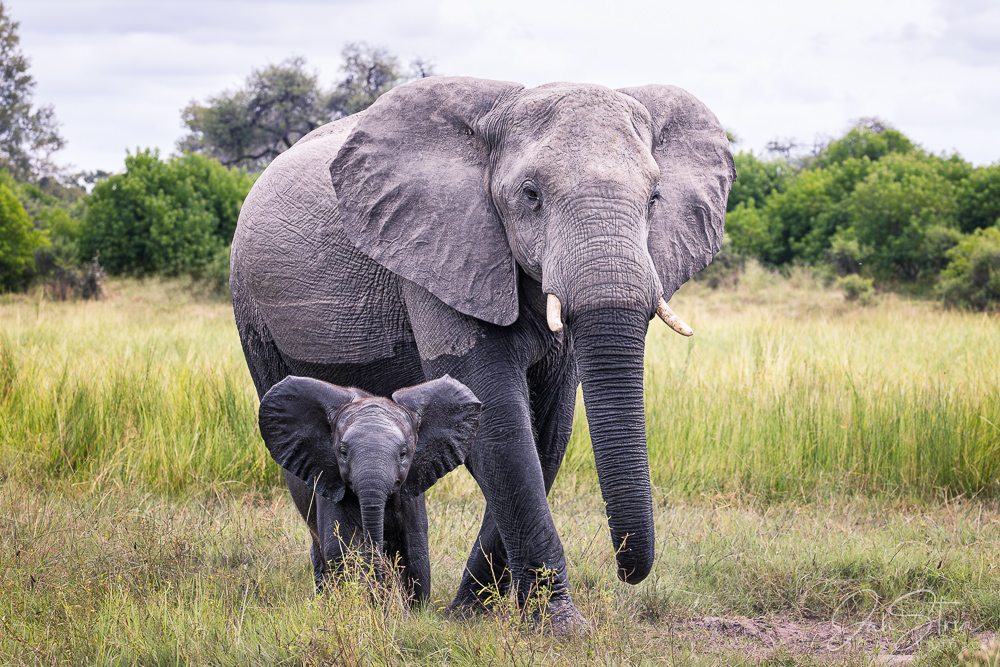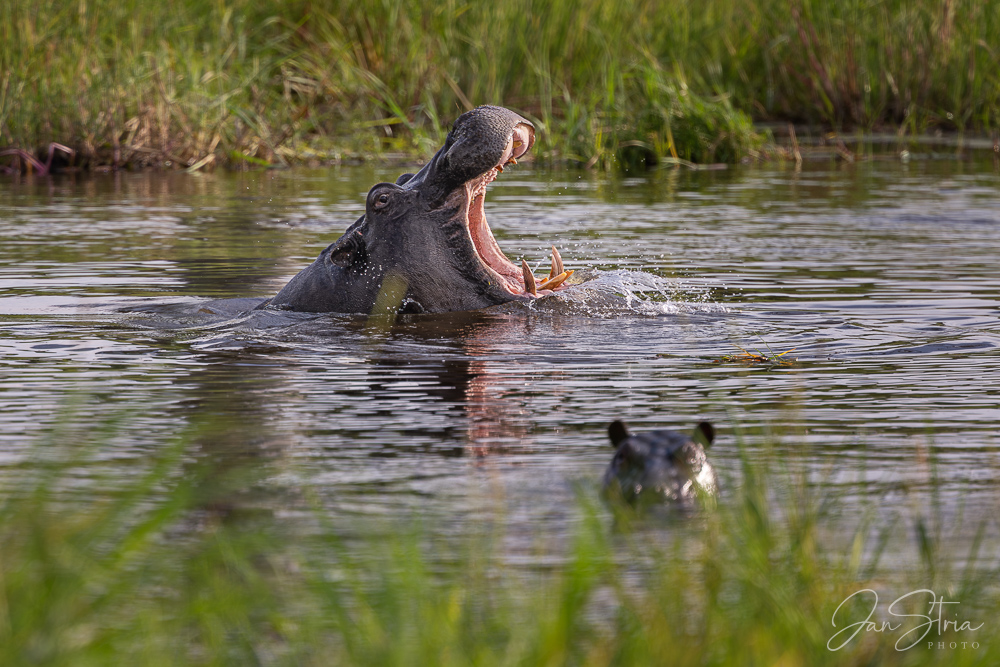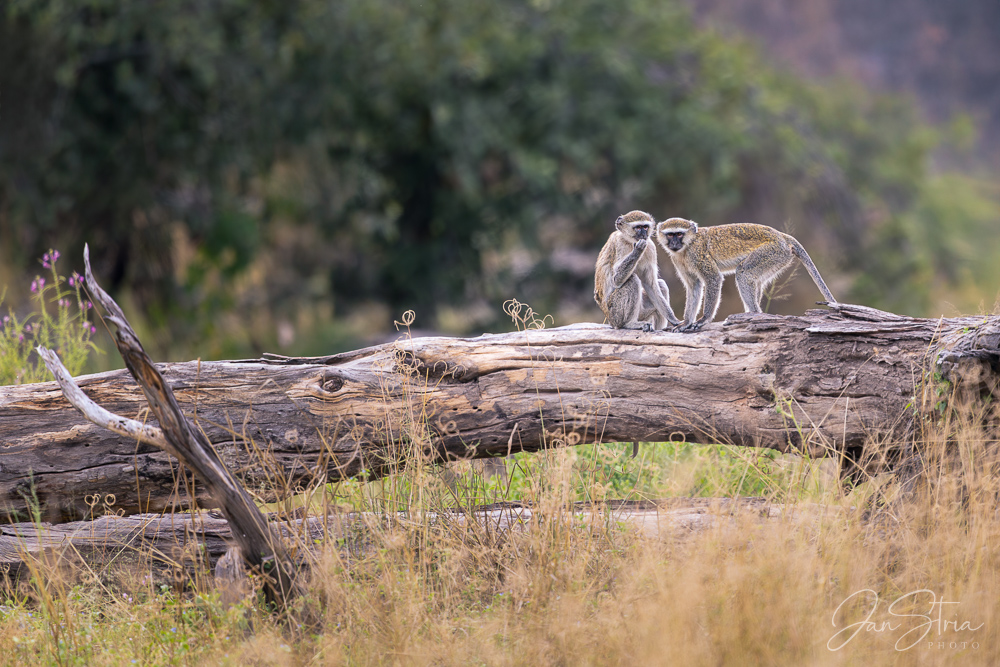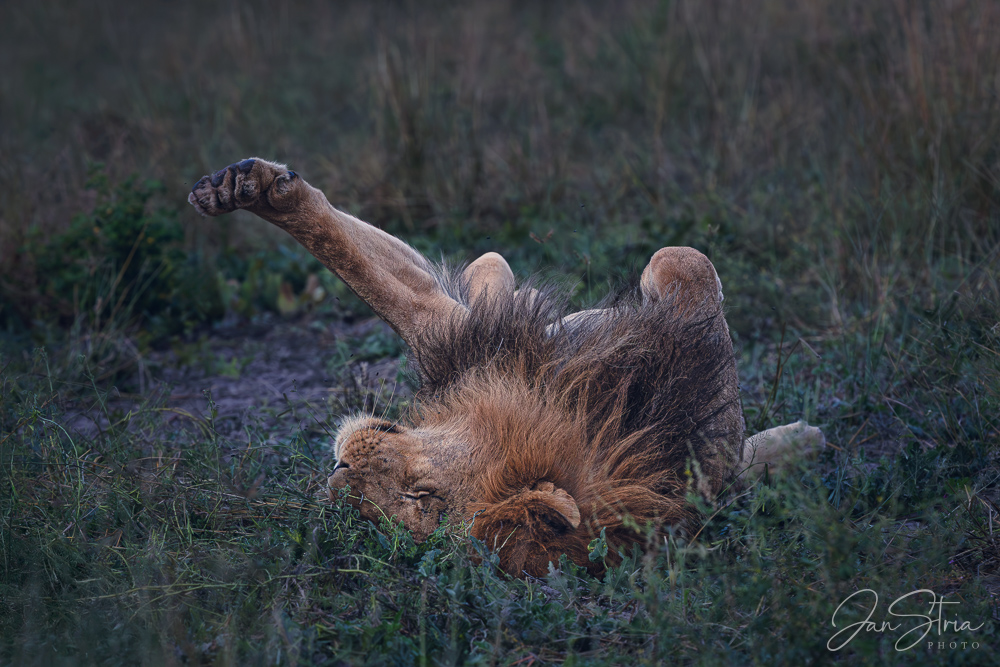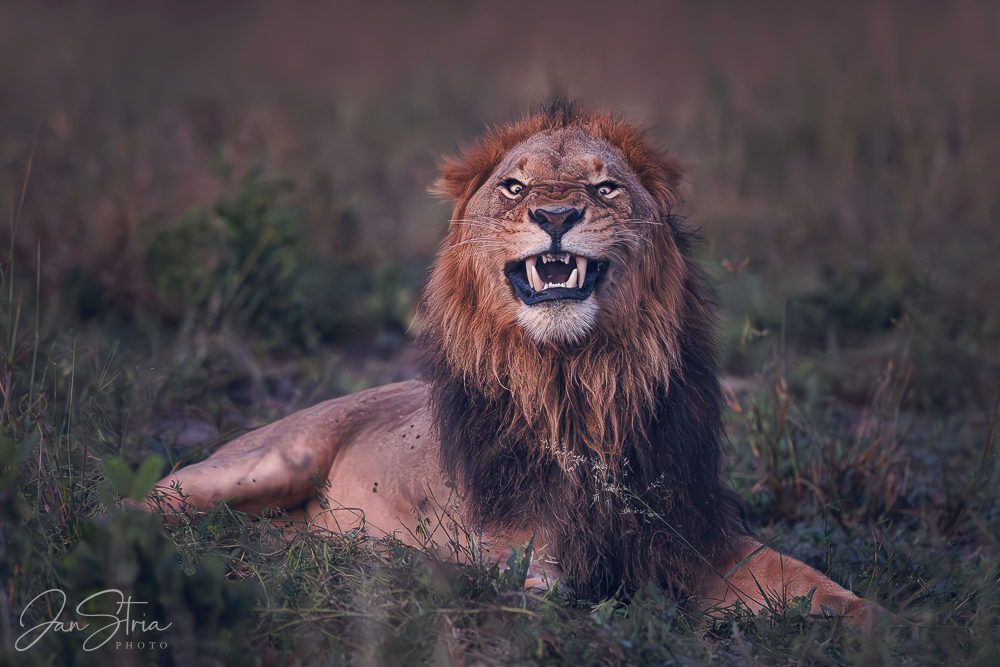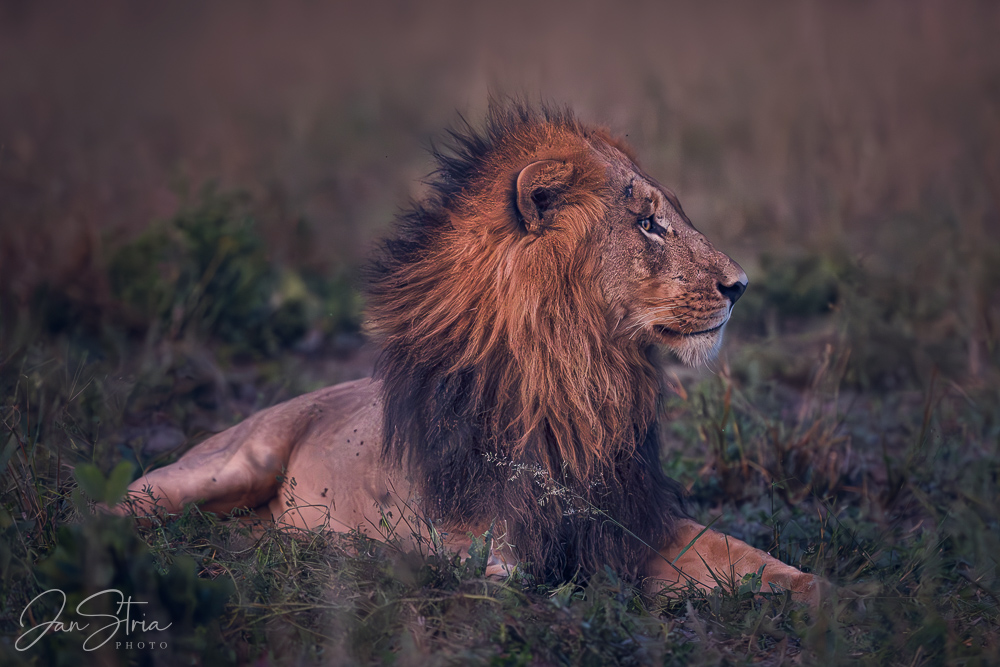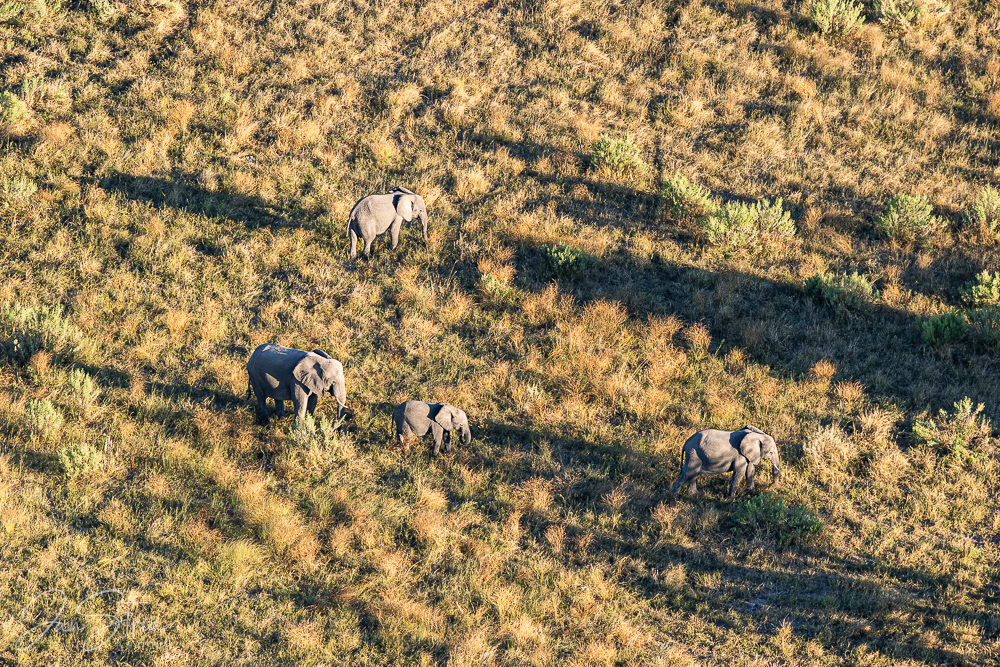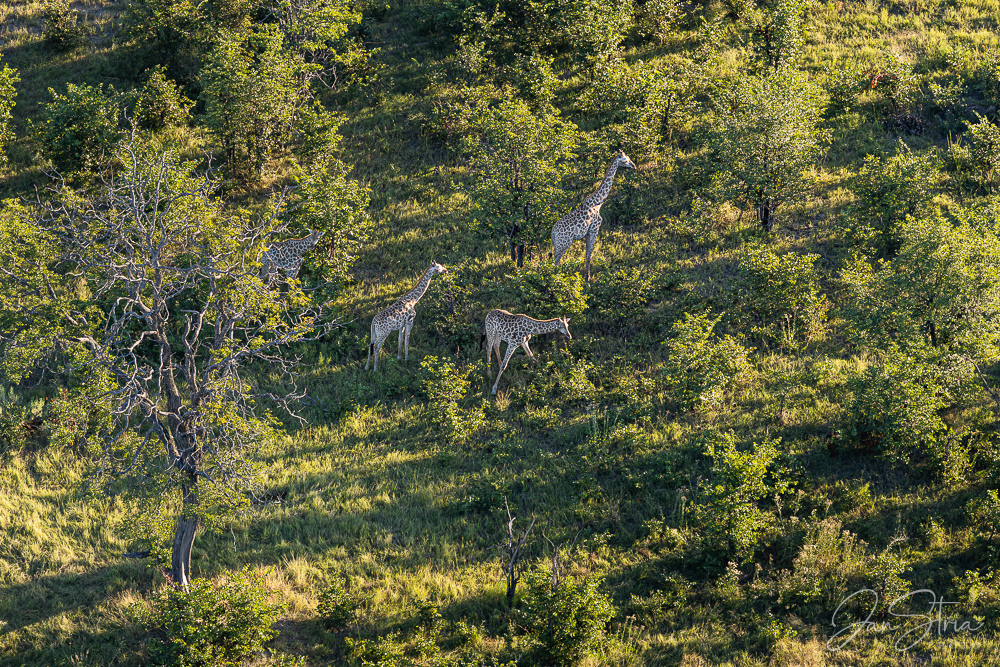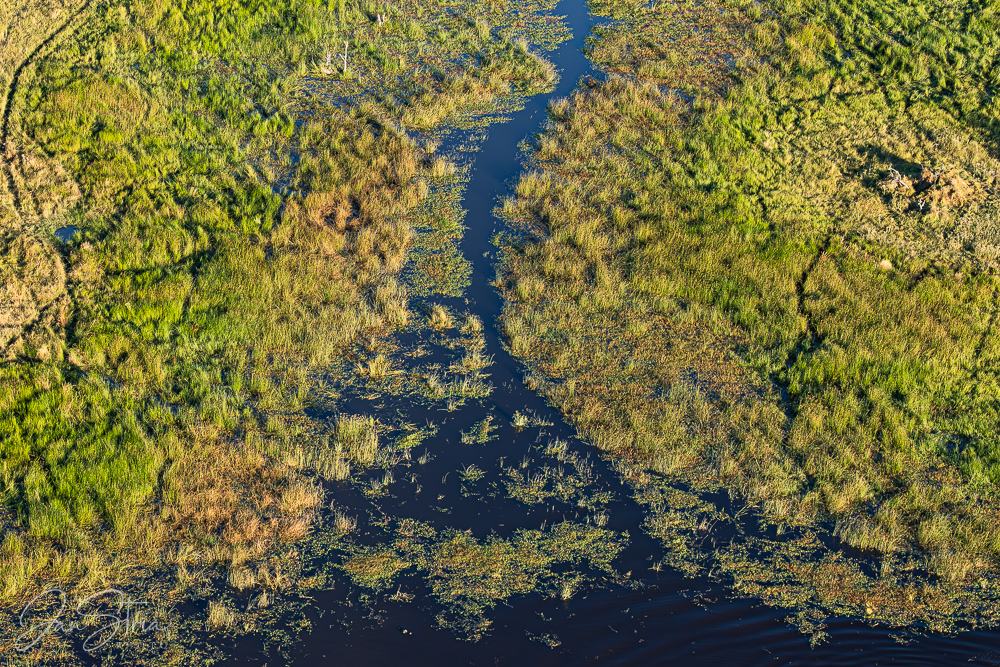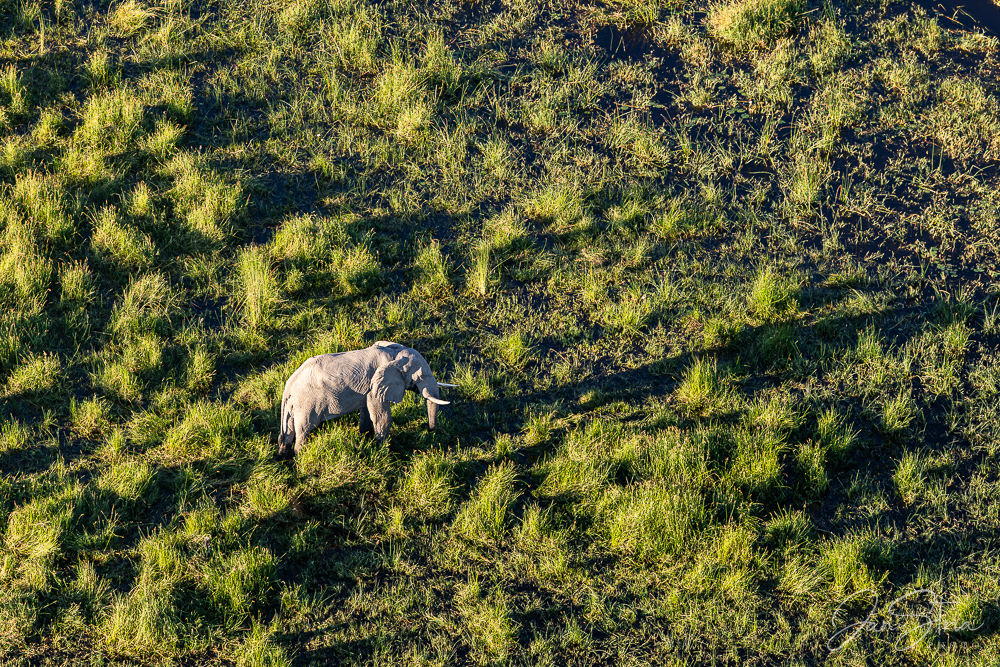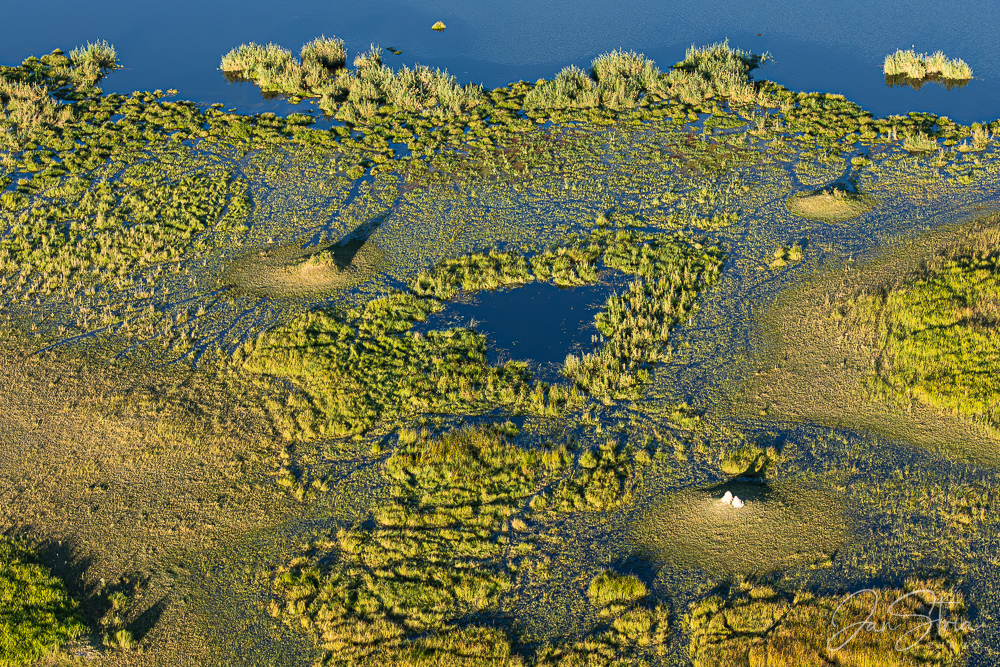Botswana: My first Africa
podcast version:
In August of last year, I had an offer from a friend to be part of a photography trip to Botswana. I was of course very excited about the offer, but I took some time to think about it. One of the deciding factors was the fact that there would only be six people on the trip and that it would be strictly focused on photography. Everyone except me had a lot of experience in Africa, so I thought it would be worth it. I knew it was a destination where there was an abundance of amazing shots to be taken, especially of predators and large animals. I hadn´t had that experience before, I was more into shooting birds, frogs, insects, etc. I´ve been to the African continent a few times, though, for freediving in Egypt, for training camps or just for diving trips. But it´s never really been my idea of what the real Africa is like. I associate it with deserts like the Kalahari, national parks in Kenya, mountains like Kilimanjaro and big animals. After careful consideration, I accepted the offer and looked forward to new experiences in this distant country below the equator, which is more than seven times the size of the Czech Republic.
Until about a month before the scheduled departure, the entire Central Kalahari region was closed due to heavy rains, and it was uncertain when it would reopen. These rains caused unusually heavy flooding in some African countries, including a river in the otherwise arid desert of Namibia. But everything worked out, our guide Honza, who was already waiting for us because he spends half a year in Africa, informed us in advance that the area we were going to was open again.
The journey began on April 1, 2025. Due to different return dates and living in different parts of the country, we all met in Maun, Botswana. I and two other photographers flew from Prague to Doha, then on to Johannesburg, both with Qatar Airways. The last flight to Maun was with Airlink. For the aviation enthusiasts, these were commercial airliners: A330-300, B787-9 and Embraer 195. We arrived at our destination in the afternoon of the second day and our guide Honza was waiting for us at the airport. Botswana is in the same time zone as the Czech Republic, so jet lag was not a problem.
The city of Maun, founded in 1915 by the Batawana tribe, is located in the northern part of Botswana. It has over 80,000 inhabitants and is often the starting point for trips to the Okavango Delta, the Makgadikgadi Salt Flats or the Kalahari Desert. After a short refreshment we picked up our mobile hotels. Our expedition consisted of 3 Toyota Hilux vehicles with a space to store supplies, luggage and two foldable tents on the roof. The rest of the day was spent at a campsite on the outskirts of Maun, preparing a concrete plan. I am used to sleeping in a tent, but I have never slept in a tent on top of a car. It´s more comfortable, thanks to the mattress that´s inside. I had to learn how to fold and unfold the tent, but I got around that pretty quickly. The next morning we bought water and food for our stay in the wilderness at Spar and then headed for the village of Racops, where there is the last chance to refuel. I was pleasantly surprised at how easy it was to get along with the locals, as they all speak English. On the way we met our first elephant by the road. Just as we know deer here, an elephant was grazing there.
Central Kalahari Game Reserve (CKGR)
After refueling, we drove to the gate to the CKGR, specifically Matswere Gate. This reserve is the second largest in the world and the largest in Botswana. Located in the heart of the Kalahari Desert, it is known for its wild and pristine landscape. As our guide Honza told us, it is a rugged but beautiful area, one of the few remaining true wilderness areas. It covers an area of more than 5 million hectares (52,800 km²), about ⅔ the size of the Czech Republic. From Racops to the gate of the reserve it is about 45 km only on a sandy road. This road is full of smaller and bigger holes, sometimes full of water, so big that it was necessary to go around them through grass. Due to the aforementioned downpours and the muddy road it went slower than planned and we didn´t arrive at the clearing called Deception Valley until just after sunset. Still, it had its charm, finally in the wilderness. We drove for a while to the place where we were going to spend the night. It may be called a "campsite", but it´s basically just a place where you can drive your car to, where there is a "toilet" and a "bathroom". I put it in quotes because it is just a place where a spiral of wooden stakes is built, with a concrete base with a hole and a toilet seat in the middle. In the case of the "bathroom" it is also a spiral lined with wood, where sometimes there is and sometimes there is not a water bucket with a tap attached to a metal rope and pulley. Of course, everyone brings their own water. There is nothing in the wilderness, i.e. no electricity, no water, no cell phone signal.
And the first welcome to the wilderness was in style. We arrived at our pre-booked spot in the dark and got out of the cars. That´s when one of us noticed a total of six pairs of lion eyes in the immediate vicinity. We quickly jumped back into the cars. It was indeed a pride of lions, one lioness came to look at us very closely, about 10 meters away. We weren´t expecting anything like this, so the cameras weren´t ready yet... At least I managed to document the lioness with my cell phone. Apparently we disturbed their rest. That´s how quickly our plans changed. We had to move to another spot, away from the big cats. Setting up the tent with headlamps was a bit stressful, at least for me. I kept looking back. During the evening we heard the lions a few more times from a distance, but also up to about 200m away. Lions have an incredibly loud roar that can be heard up to 5km away, even more under ideal conditions. This is either to communicate with other members of the pride or to warn them of an attack on the area. Either way, it was a really powerful experience for me personally. I was surprised how loud the wilderness is at night. In addition to the lion roars mentioned above, there were hyenas and lots of insects.
We had always planned to get up about half an hour before sunrise to have time to pack the tents and make coffee for those who needed it in the morning. The very first animal I photographed was an Oryx gazella, an african antelope called Gemsbok. Then, in quick succession, came the jackal and the springbok, jumping antelope. There were a lot of them in this area. There were lots of birds too, from the smaller larks and weavers to starlings and vultures. But the more interesting animals had to be searched for. And it was made even more difficult by the recent heavy rains, which caused the vegetation to grow everywhere. I expected the Kalahari to be dry with minimal vegetation and dry trees, but the opposite was true. One of the rules of national parks and reserves is that you can only drive on the roads, not off them, which limits the search. The animals don´t cross the roads that much. So we drove around in a radius of 20-30 km and followed the movements. This made sense until about 10 am, before the sun got hot and most of the animals took shelter from the heat. We also went to hide in the shade and have breakfast. We usually managed breakfast and lunch in one, with another meal after the evening shoot in the dark. If it was sunny and not too windy during the day, the temperatures were above 30°C, but felt like 40°C. We left for our next shoot after 2 pm. Our guide Honza always took us to places where he had seen animals or other interesting things in the past. In a forest near the road he spotted a leopard, or rather a leopardess. She had a nice full belly and was resting in the branches of a tree. It was an amazing sight. As we got closer, she ran out of the tree and jumped into another. This was because she had put down her kill. There was a dead springbok draped over a branch about three meters high. The leopardess went to protect her kill and started eating the antelope in front of us. This was definitely the most interesting experience of the day. In the evening we had our first steak barbecue in the wilderness. It was supposed to be quite safe around the fire and the cars, but it is definitely not recommended to stay away from the car. Especially at night, it´s best not to leave the tent.
It rained pretty hard that night and continued all morning. Our path took us around the leopardess again. She and her prey were still there. And here was the first problem. One of our cars got stuck in the waterlogged terrain near the lioness. There was no choice but to get out of the car, engage the tow rope and try to pull the car out. All this in heavy rain, but especially close to the leopardess who was guarding her prey. It went well and the car was pulled without any significant reaction from the leopardess. We drove on, and gradually the rain stopped and it began to get warmer. In the distance the keen eye of an observer saw another cat. It was a cheetah. Unfortunately it was too far away to get a good photo, in the high grass and running away from us. Then we saw some ostriches and a little later a giraffe behind the trees by the road. And another and another, there was a whole herd of them. Beautiful animals. They were curious, peeking behind the trees. We spent our lunch break at a campsite with a spiral "toilet" and "bathroom". I was greeted by geckos in the toilet and lots of big armored bugs - Acanthoplus discoidalis - crawling in the grass. Wild melons (citrullus colocynthis), which are poisonous to humans and have a laxative effect, were growing everywhere. As I usually photograph plants, I was fascinated by the strange looking ball on the stem - acrotome inflata. In the afternoon we photographed many Oryx grazing on the green plains with yellow flowers, something really unusual according to those who know. If you are lucky and it is not cloudy or raining, the sunsets and sunrises in the Kalahari are beautiful and photogenic. The endless space, the beautiful colors and the general tranquillity. When you manage to get an animal in front of the lens, it´s like a dream.
We continued as planned and the morning brought another experience. A beautiful lion crossed our path. Our guide Honza saw it from a distance and knew it was coming our way. He hurried so that we could get the best picture of it. The lion walked about five meters away from the car and didn´t pay much attention to us. He had a beautiful dark mane, typical of the South African lions that live in this area. He crossed the road and disappeared into the low bush. We stayed on the path and waited to see if he would show up again. Sadly we never saw him again. Few moments later we stopped to have our morning snack. There I noticed an unusually large and interestingly colored grasshopper - Zonocerus elegans - in the grass. A very interesting looking insect. Apparently it can produce a repulsive foam when threatened. Fortunately I didn´t force it to do so with my photography. While traveling on the plains, we often saw very large flocks of small birds. These were weavers whose acrobatic flight created interesting patterns against the blue-white sky. Their spherical nests, made mainly of dry grass and small twigs, were almost everywhere. And very often we saw prickly acacias. Several times I stepped on a dead branch and the thorn easily went through my shoe and into my foot. The painful memory after disinfection lasted only about two days.
The following days were similar. We experienced a few more magically colorful sunrises and sunsets in the Kalahari, not so much rain. Another great experience was to see not only a lion and a lioness together, but even their mating session, which took place just a few meters from the road. Their mating session always lasts only a short time, but is repeated several times a day for tens of minutes. A nice break during lunch was to stretch out in a hammock between the trees, rest in the shade and listen to the sounds of the wilderness. In addition to the larger animals, we also saw many birds, several species of whydahs, rollers, bee-eaters, or a Crimson-breasted shrike.
We also met some local workers who were hauling some material in a pickup truck and got stuck. Our experienced guide had equipped his truck with a winch, so pulling it out was a matter of moments. We usually met only a few cars during the day, usually stopping to let each other know if there was anything interesting to see. A German traveller told us about a couple from Holland who got stuck with their car near the plain we had already visited. It was in a wetland area where we saw hundreds of African Marabou. It wasn´t too far away, so we drove there. The afternoon had just turned gloriously sunny, so the sun was really blazing. The Dutch couple said they´d been in the car for thirty hours, and even with a satellite phone they hadn´t been able to call for help. The recovery of their car was quite dramatic. A large amount of mud had to be raked out from under the car. It was a long way from solid ground in the mud, so we had to tie all the ropes together - the total length was over thirty meters, and we also tied two cars together. Unfortunately, the first attempt failed because the Dutchman went forward instead of backward. He was absolutely devastated. I don´t blame him, after all that time alone in the wilderness. That´s why the Kevlar rope broke. On the second attempt, one of us got into his car, and with both cars occupied, the pull was successful.
Gradually we returned to the plain of Deception Valley and one evening we observed a young lioness lying in the grass. It was after sunset, but the light was still beautiful. Unfortunately, she didn´t show herself any more and eventually ran away. We also encountered a large herd of springboks, including a male impala. I guess he was adopted. During the day we saw the young antelope´s play, they practiced fighting with their horns, chased each other in different ways and also showed us how beautifully they can jump - spring. These are quite high vertical jumps. I managed to take a picture of them like this and it looks quite unusual in the photo, as if the animal is floating with its legs outstretched.
On the last evening we had another very close encounter with a lion on the way to the park gate. While driving on the muddy road, a lion suddenly jumped out of the bushes on the right side of the road, ran directly in front of the car and hid under a bush on the other side of the road. We spent the night at the park gate as it was already closed and there is a ban on driving at night. In the morning we drove to Racops, refueled, bought the necessary supplies and set off on our next adventure.
Makgadikgadi Pans
We arrived at a beautiful campsite across the river from the Makgadikgadi Pans National Park. This time there were real toilets and showers with running water. And they had a roofed viewing deck from which we watched hippos in a nearby pond until the evening. Even an elephant walked by. In the morning we drove a short distance across a dry river to the gate of the park. We saw several elephant skeletons, which we called "elephant lego". From a relatively short distance we saw hippos in a couple of pools, and perhaps the greatest experience was the hundreds of zebras around the water. You see such footage in national geographic documentaries, and I have to say that seeing it with my own eyes was breathtaking. It was a wonderful spectacle.
Nxai Pan
Our next destination was the Nxai Pan National Park. Surprisingly, one of the targets was not animals, but trees. The asphalt road to the park gate went by quite fast. Generally we didn´t see many cars. From time to time we had to slow down for goats, cows or other animals. From the gate we drove on the sand again and this time it really rattled. We reached the salt flats, but Honza thought it was risky to drive on them, there was a risk of getting stuck. So we walked the last kilometer or so. Our destination was Baines Baobabs. This is an iconic place where huge trees grow, made famous by the British painter and traveler Thomas Baines when he captured them in his paintings in 1862. They are named after him. They are estimated to be over a thousand years old. We were there in the early evening and were lucky enough to see a beautiful, colorful sunset. As the sun was setting, mysterious rays of light appeared in the eastern sky, heading toward the horizon - as if the moon was making a path before it even showed up. This atmospheric phenomenon, called anticrepuscular rays, was a beautiful and peaceful end to the day in the heart of the salt flats.
There are two water holes in the park that we expected to be visited by a variety of animals. We were quite surprised to see only lapwings at the waterhole on our first morning. Just as the Kalahari had surprised us with its greenery, it should have been green here, but instead the plains were dry and arid. There were lots of termite mounds everywhere, easy to spot in the dry landscape. During the morning we came across herds of zebras and giraffes. On the way to camp we saw an aardwolf about three hundred meters away. Unfortunately I could only photograph it from the side and from behind in the warm, smoldering air. At noon in the campsite, in the shade of the trees, we photographed a South African Hornbill, which was supplying food for a junior and its female. It flew back and forth with grasshoppers and various bugs. Another photographic treat was an Eastern chanting goshawk carrying a Black Mamba in its talons and flying right in front of the rising sun. We also saw a buffalo in the morning. So, I saw all the Big Five animals except the rhino. In the rising sun we also photographed jackal, antelope or zebra. When the sun was not so high, the light reflected beautifully off the spider webs and the animals looked beautiful in it. After a couple of nights here, we said goodbye after our morning photo shoot and breakfast, stumbled over the sandy road to the gate and from there back to Maun. In the evening we had dinner at a restaurant where they serve Okawango beer. Although I don´t usually drink, I liked the Kingfisher IPA.
Moremi Game Reserve
The next day we said goodbye to our guide and one of the expedition members who had to hurry home for Easter. With five people and two cars, we left Maun and headed north. Moremi is one of the most beautiful and famous nature reserves in Botswana. It is located in the heart of the Okavango Delta, a unique water landscape that is rightly listed as a UNESCO World Heritage Site. Covering an area of about 5,000 square kilometers, it includes wetlands, lakes, rivers, grasslands and forests. Moremi is home to the Big Five - elephant, lion, leopard, rhino and buffalo - as well as many other species including giraffe, antelope, crocodile, hippo, gazelle, baboon, hyena and wild dog. The reserve is also home to rare birds including kingfishers, falcons, herons and a variety of birds of prey. We spent two nights here and once again they were days full of experiences. We saw a herd of over 50 elephants wading across the river. The larger and more mature ones were half black, wet from the water, and half gray. The baby elephants were all black and wet. We watched in amazement as the young elephants frolicked in the river. They were pushing each other and diving in different ways. They really enjoyed the water. When they crossed the road, they were about three meters away from us. One morning we watched a bull heron raid at Hippo Lake. Without fail, one would take off, fly to the center, stick its beak in the water, usually successfully pull out a frog, and fly back to shore. It was amusing to watch the heron standing on top of the hippo, sinking as it went deeper into the water and rising as the hippo surfaced. In the afternoon we also watched the hippos playing in the river. A beautiful moment was when they opened their big mouths at each other. There is also an area near the river where there are dry trees. It´s only a few kilometers away from the river, but the character of the landscape is completely different. Here we observed several species of birds, including the ground beaver (bucorvus leadbeateri) and the coastal kingfisher (halcyon senegaloides). The last evening, on our way back to the campsite, we got a little lost and took a different route than usual. On a plain with dry trees we noticed some suspiciously parked cars. We went to have a look and found a big lion lying on the ground. There was another safari car with people inside. For the twenty minutes we were there, it was still on the ground, rolling lazily from side to side. It was after sunset and the light was fading. As the safari car pulled away, the lion got up and looked around. He even nodded a few times. He was about three meters away from our car and completely ignored us. It was a very powerful experience. The imaginary icing on the cake in this magical place. In the evening we celebrated with the last steaks on the fire. We had already mastered setting up the car tents, in pair it was a matter of a few minutes.
In the morning we headed back to Maun. Before leaving Moremi we saw a lioness hiding under a bush. The surroundings smelled like carrion, so she was guarding her kill. We only saw her face. We had breakfast by the lake and watched the elephant across the lake. On our way across the sand we stopped at a road where they were selling wood. The children ran out and we gave them a box of food we would not need anymore, including cookies. Their eyes just lit up. And it was nice that they spoke English. The next day, one of the cars was returned and the other two members of the expedition left. There were only three of us. During the day we bought some souvenirs and goodies to take home, biltong and rooibos tea. In the evening, the real icing on the imaginary cake was a helicopter flight over the Okavango Delta. The flight was arranged for 17:00, when the sun was already low (it set around 18:10), in a Robinson Raven 44 helicopter without doors. We went to the airport with only our passports and cameras. The helicopter is not very big, but we fit in easily. I have never flown in a helicopter or taken pictures from one. I had to take off the lens hood because it was just taking in air and it was difficult to handle the camera and the big lens. Seeing the Okavango Delta from above was amazing. Totally different perspective, long shadows, giraffes, elephants, wildebeests, zebras. The flight lasted forty-five minutes, flight altitude was about 150 metres and it was a great experience.
And that was basically the end of our trip. We spent the night at the same campsite as the first night, returned the car in the morning, and then just waited for our flight home with connections in Johannesburg and Doha. Of course, there was no cell service the whole time we were in the wilderness, and I didn´t miss it. It was a bit of a digital detox. Even in Maun, where there was a signal, I didn´t read the news or turn on social media. That lasted until I got back to the Czech Republic.
And apparently it was a powerful experience for my subconscious as well, because the second night after I got back I woke up in the night because I had to go to the bathroom, but it took me a while to get over the idea that it might be dangerous because of the lions and realize that I was in my bed.
And here is the mention of the equipment I used. My main camera was a Canon EOS R1 with an RF 100-300mm F2.8L IS USM lens, to which I added a 1.4x or 2.0x teleconverter as needed. The other camera was a Canon EOS R6 mark II with a wide lens Canon 24-105mm RF f/4L IS USM and a Canon RF 14-35mm F4L IS USM. And how did we recharge the batteries in the camera, cell phone and other devices? While driving we charged up our power banks and during breaks from the power bank to the camera, as all newer cameras already support charging via USB-C.
